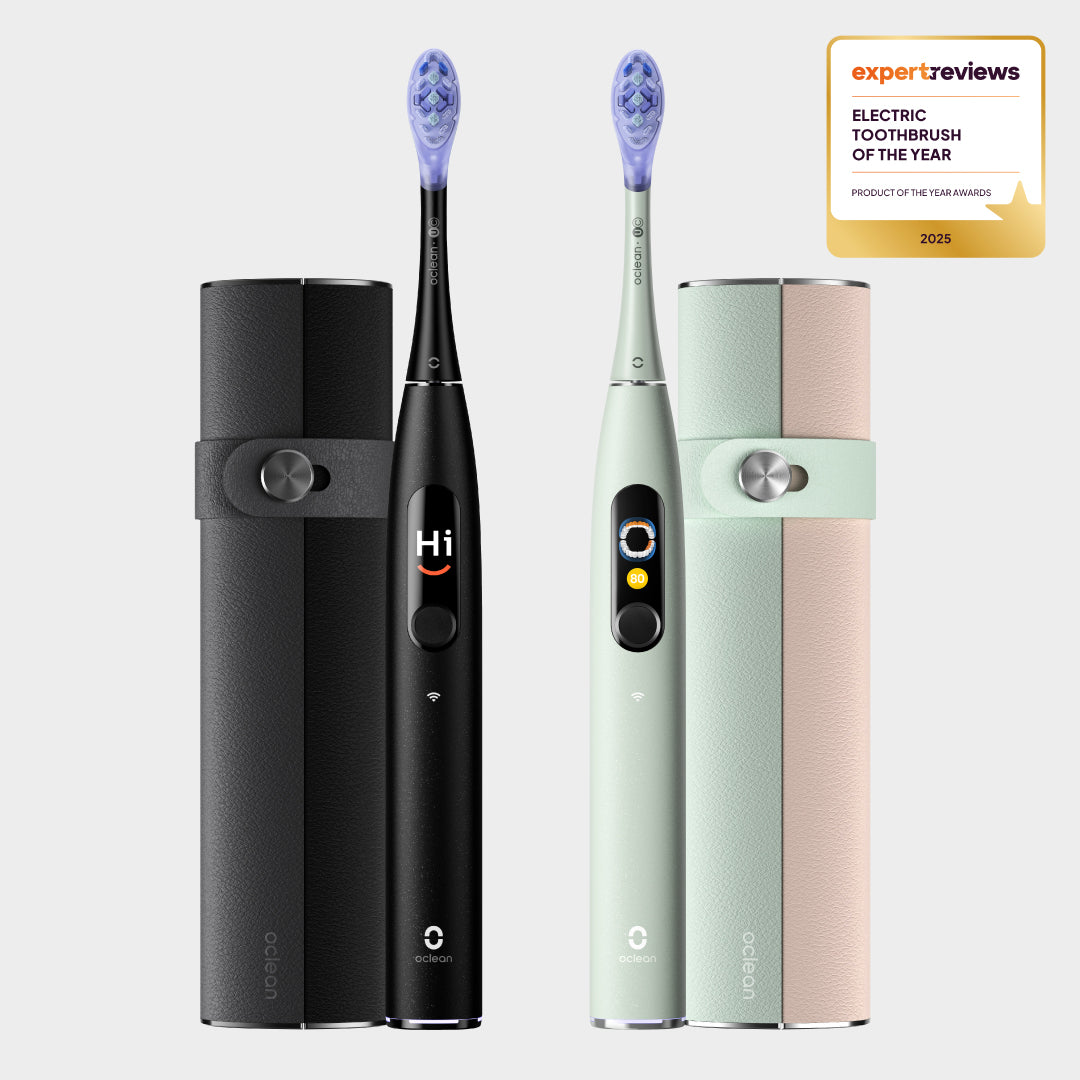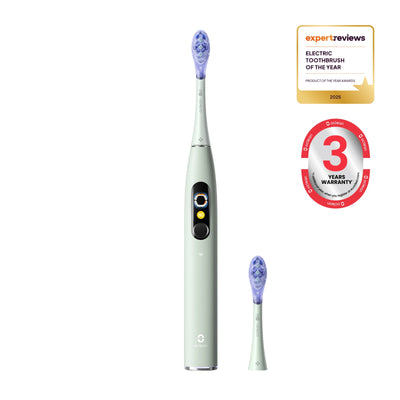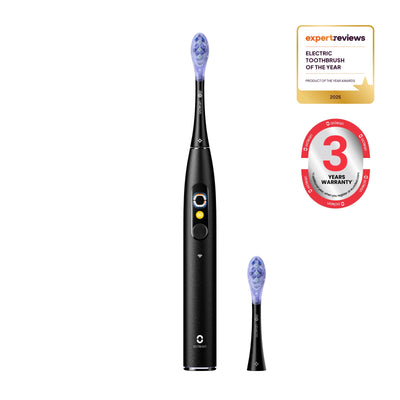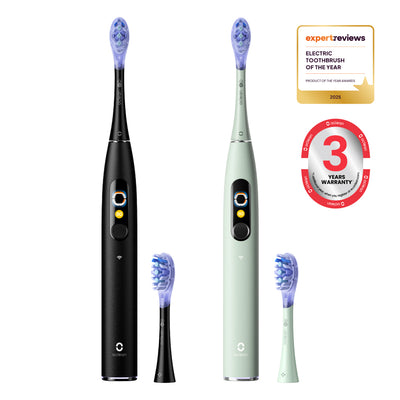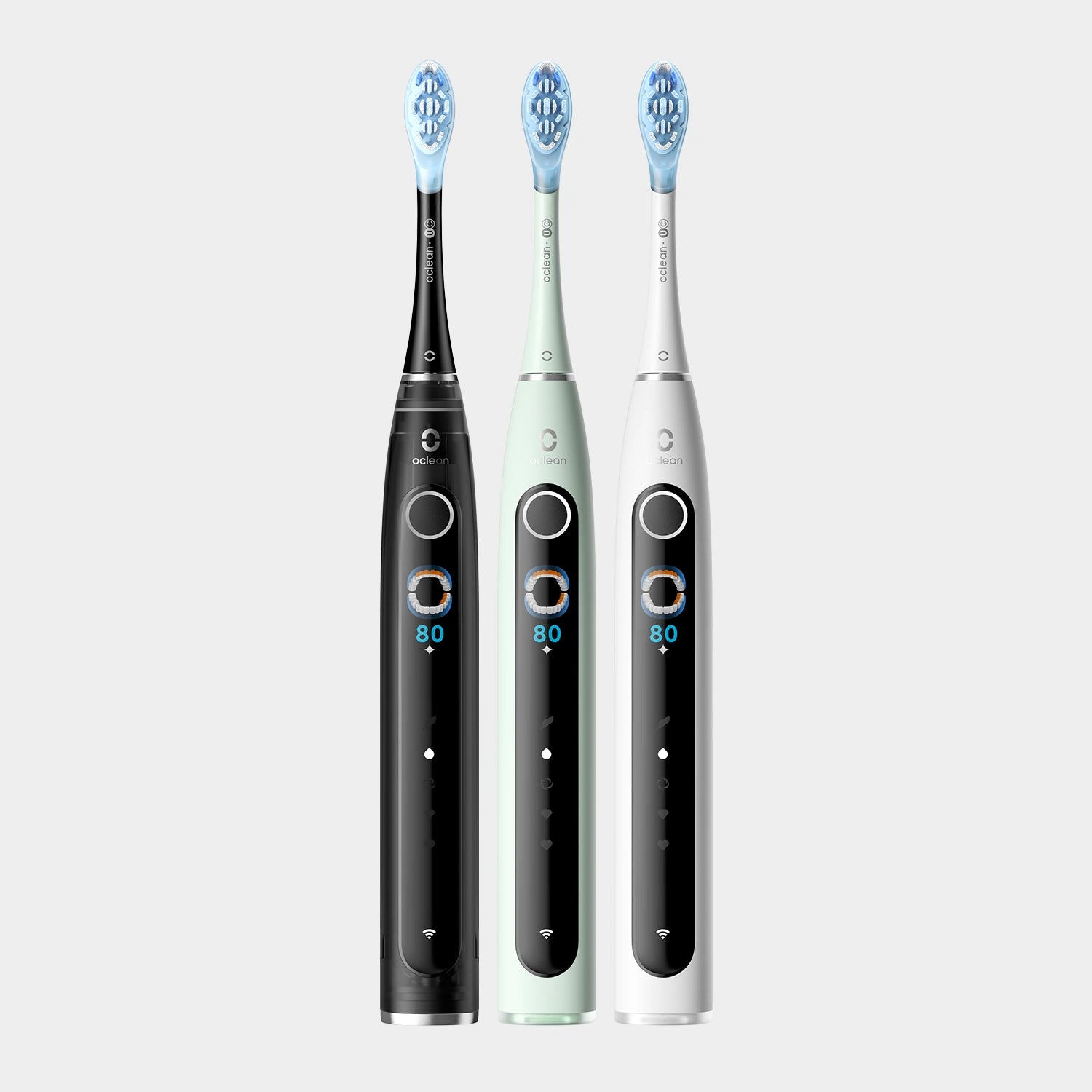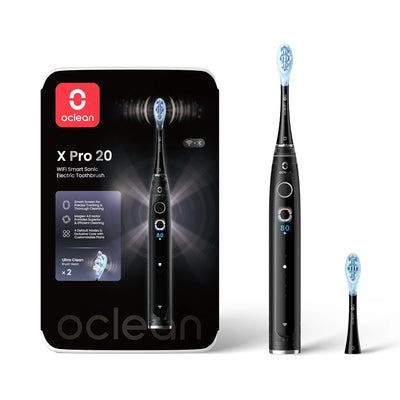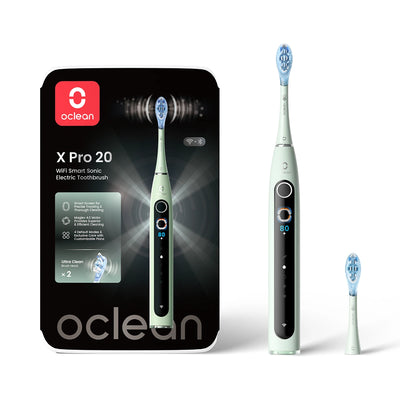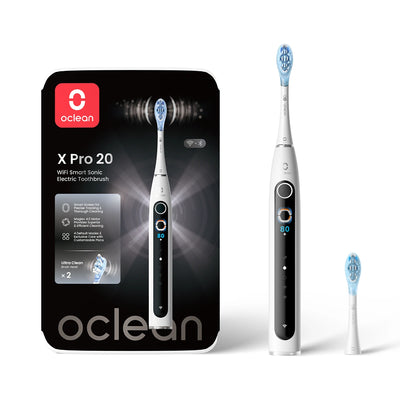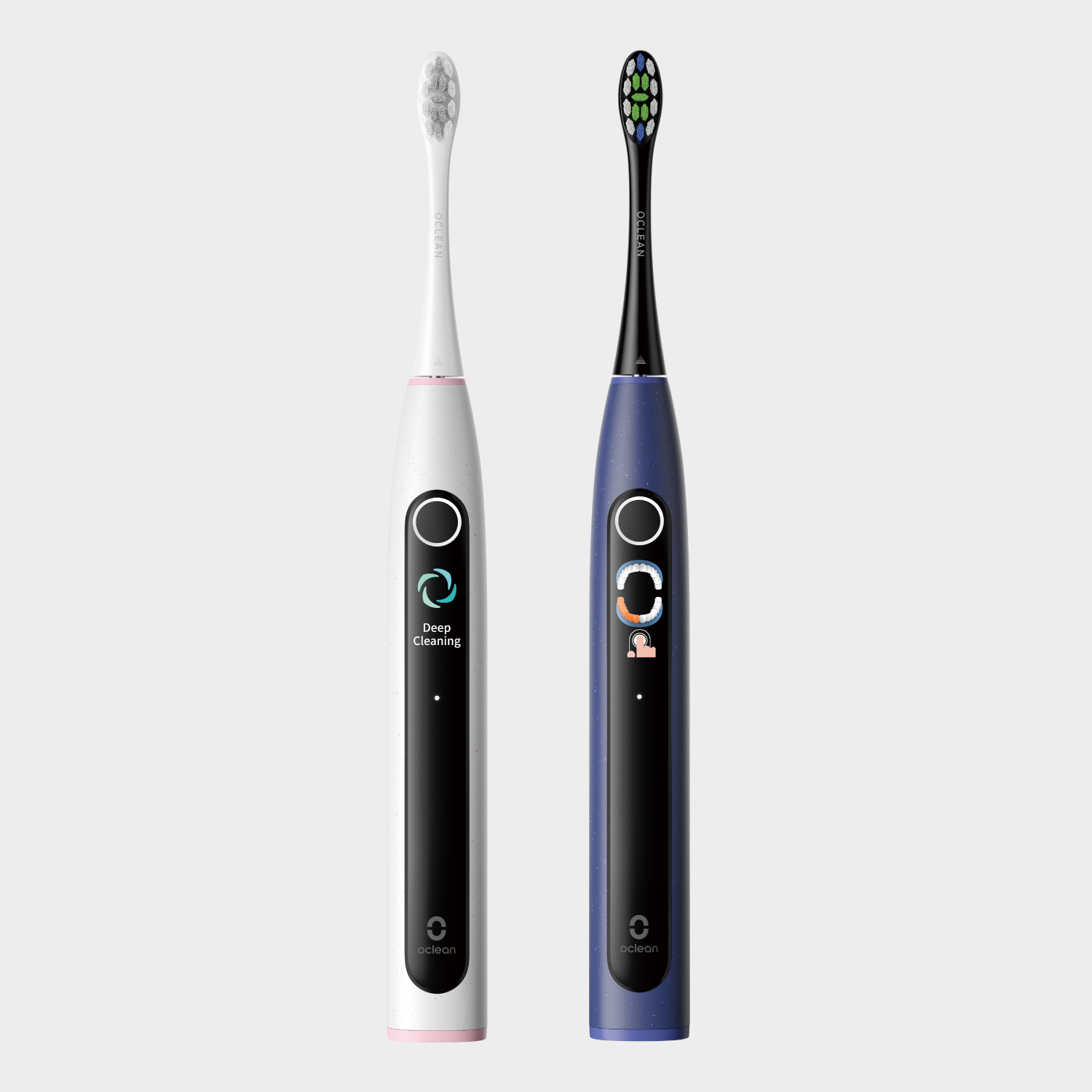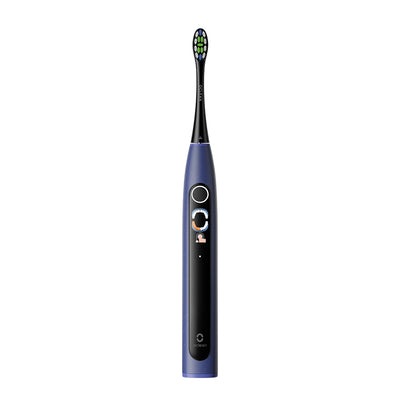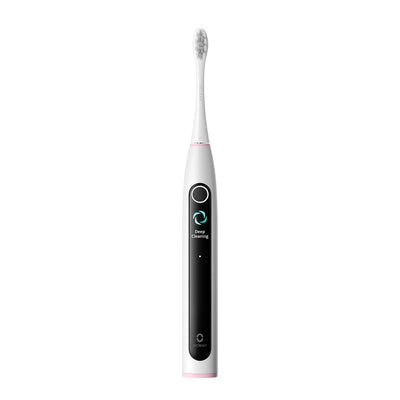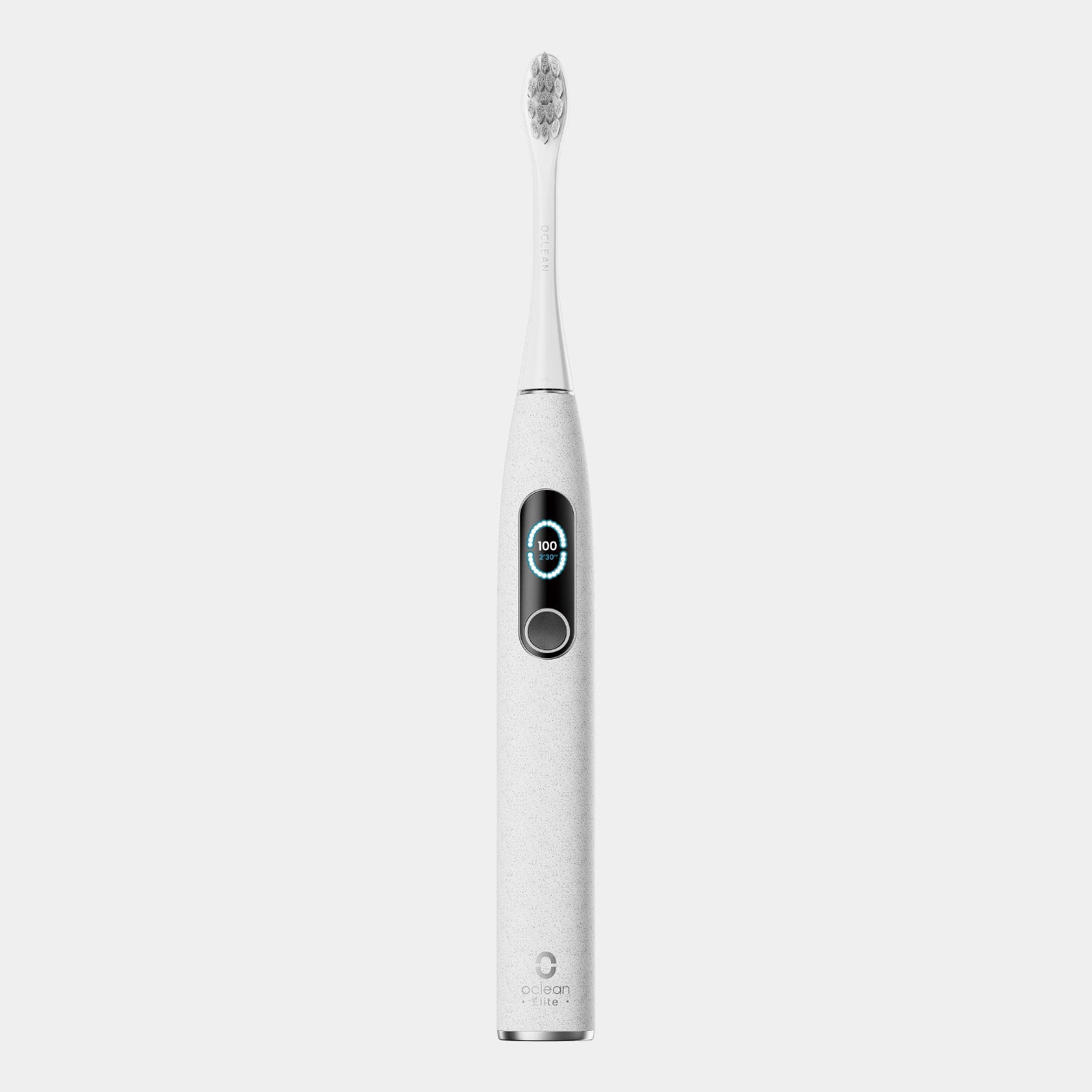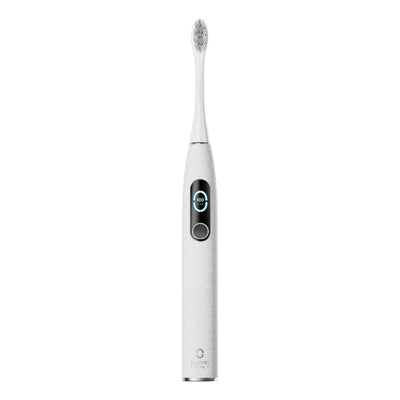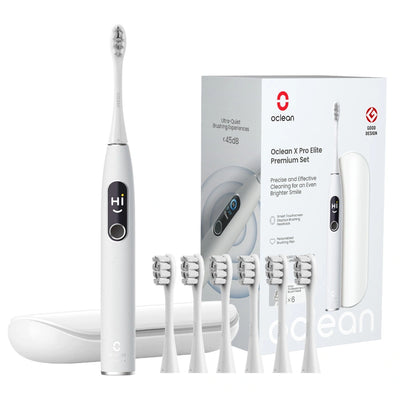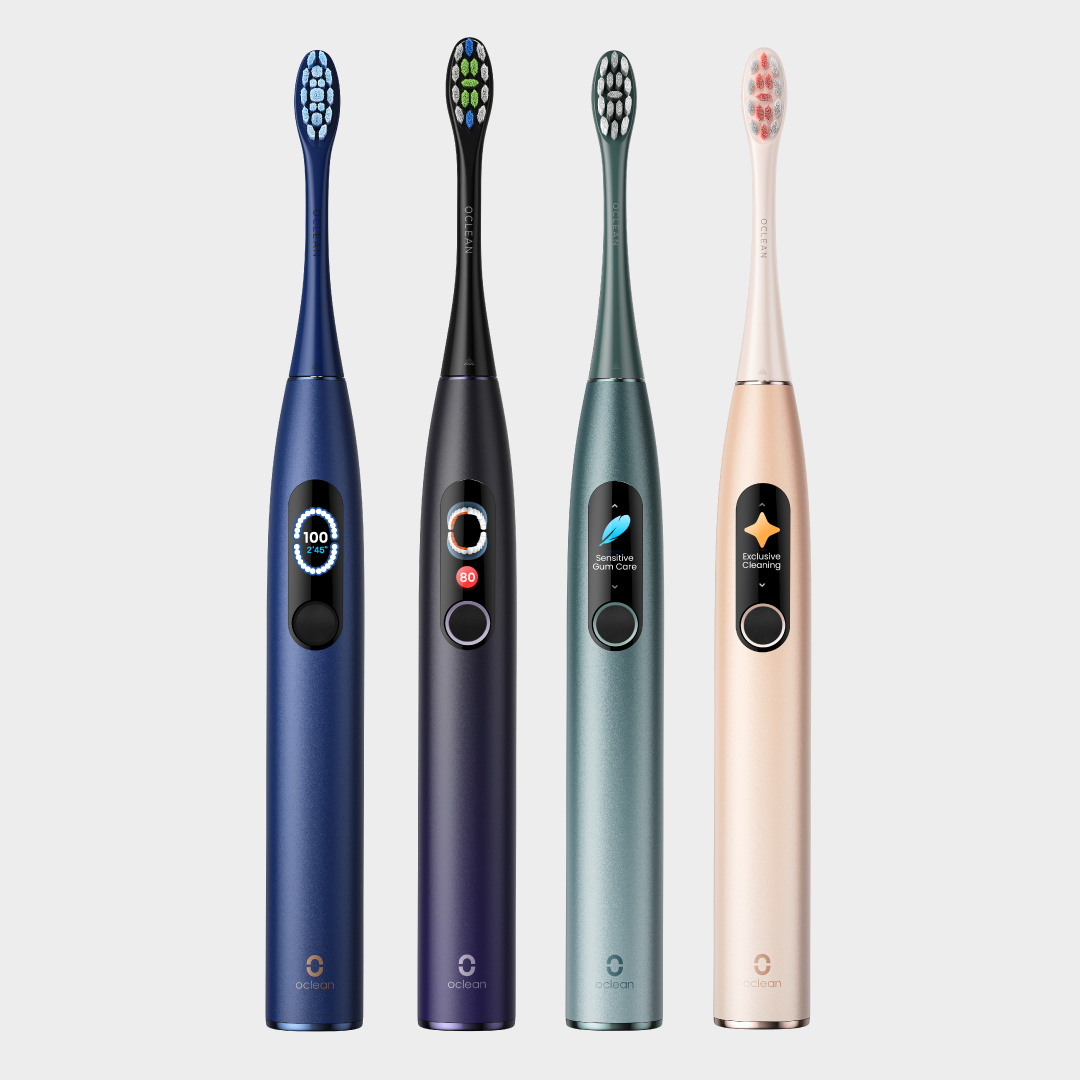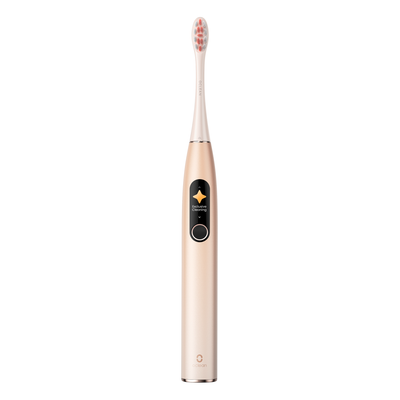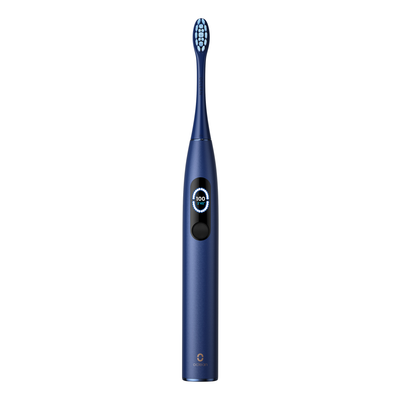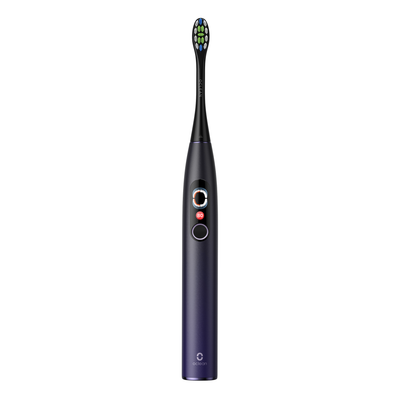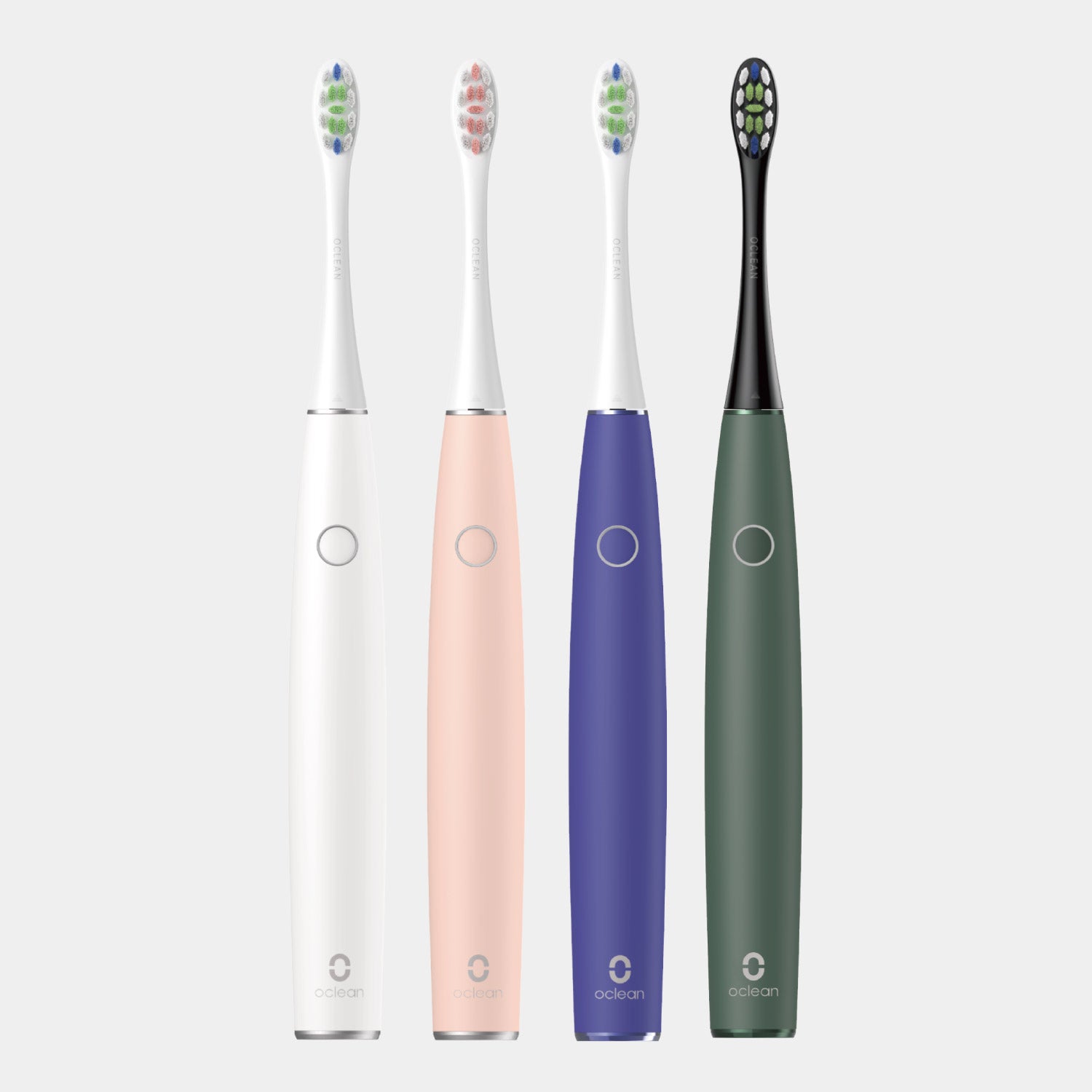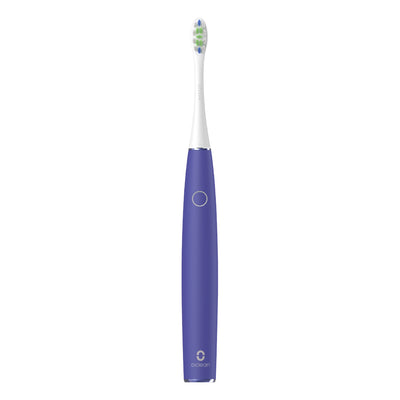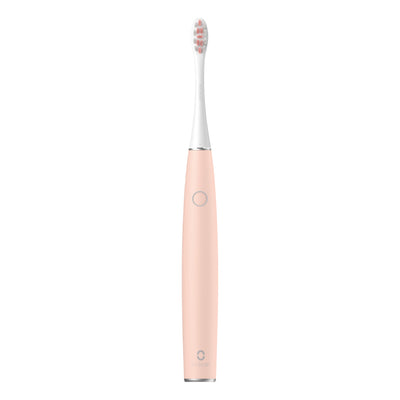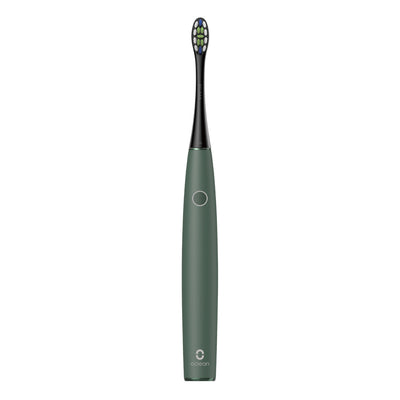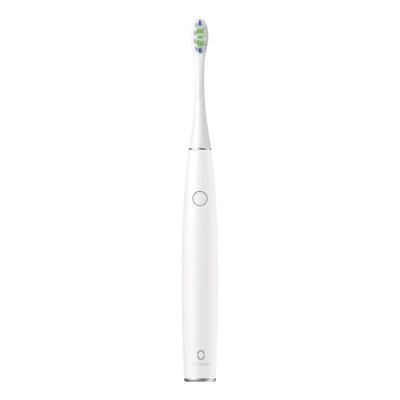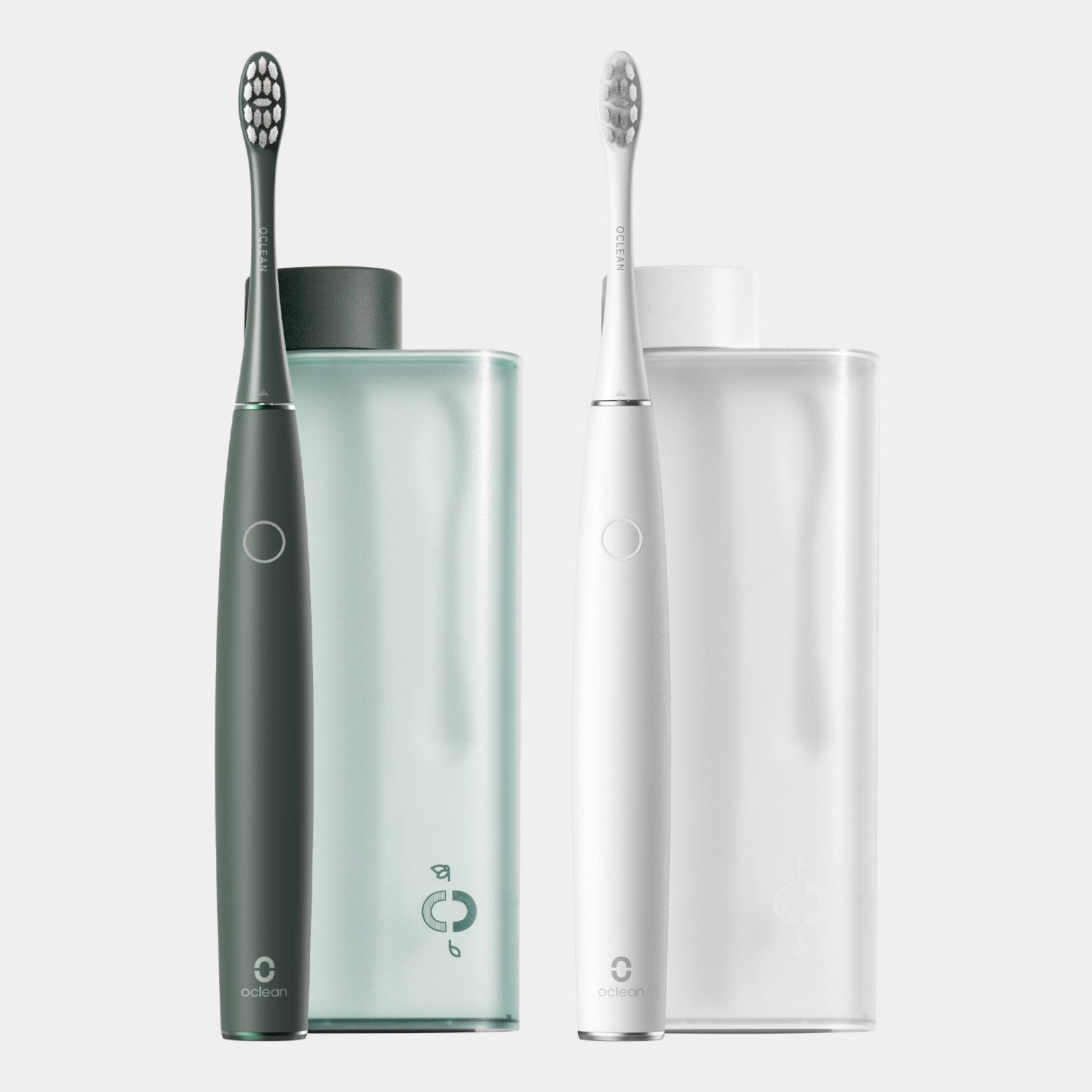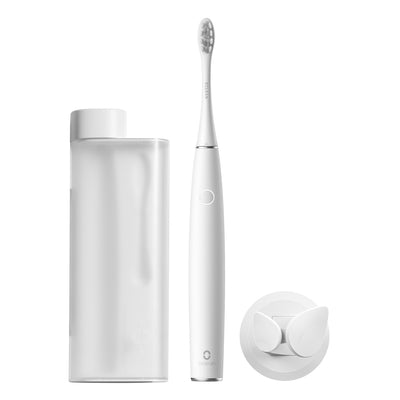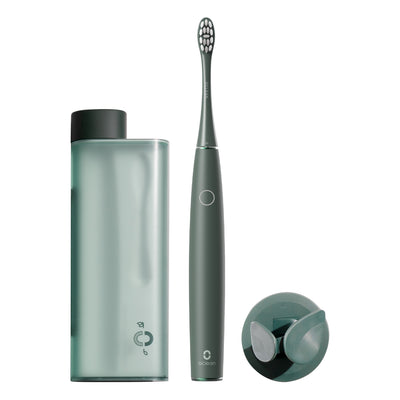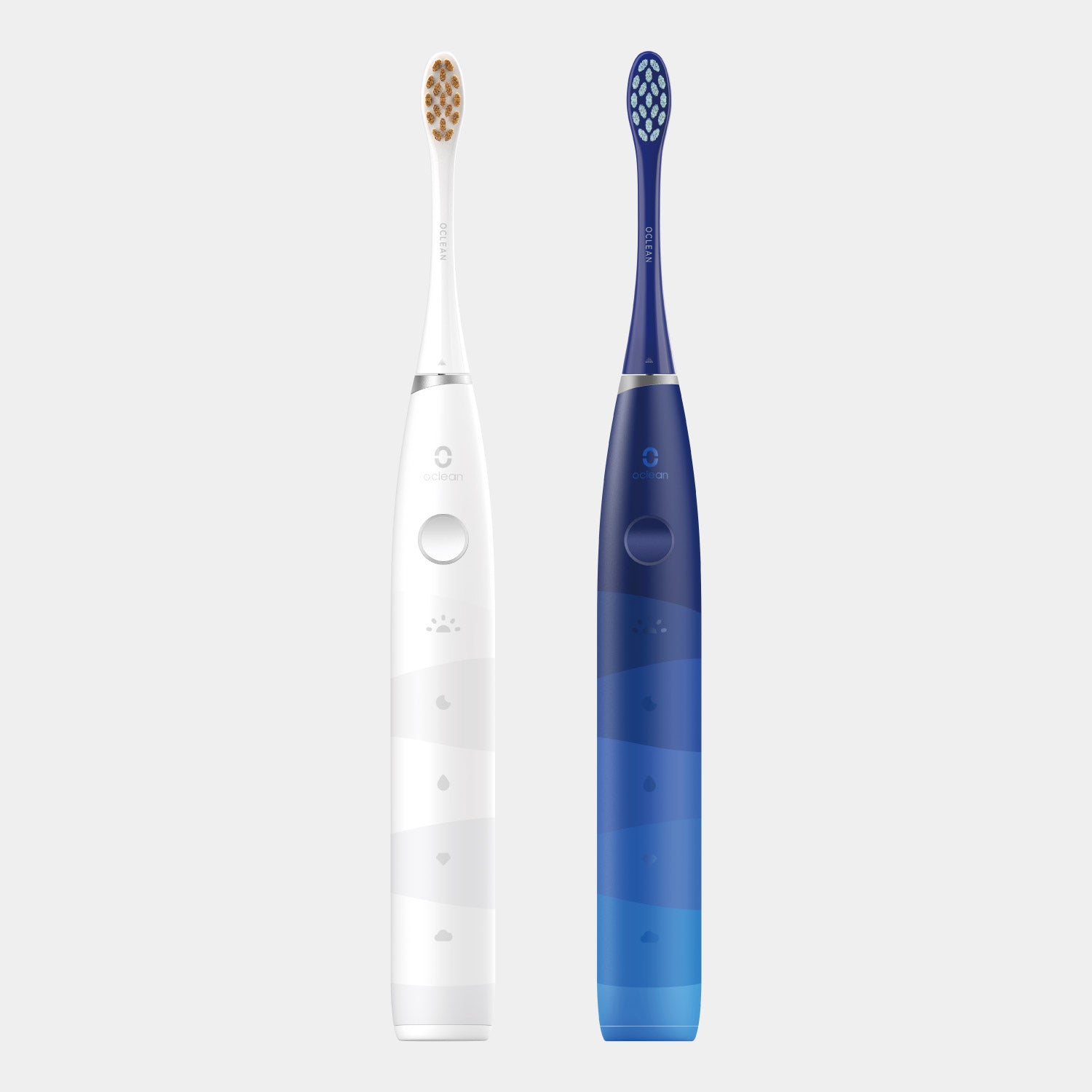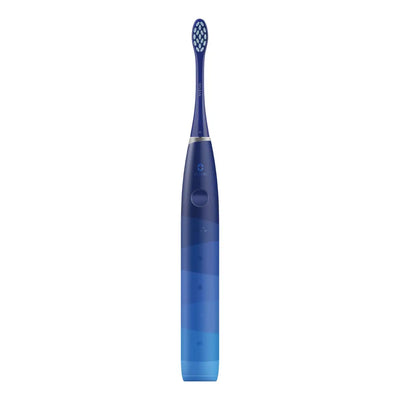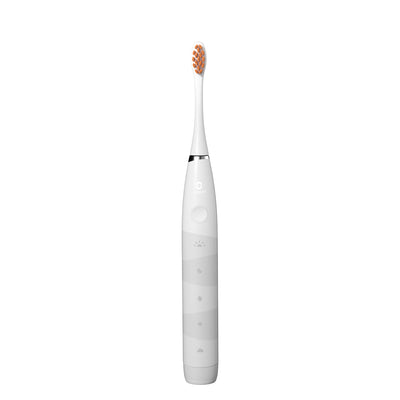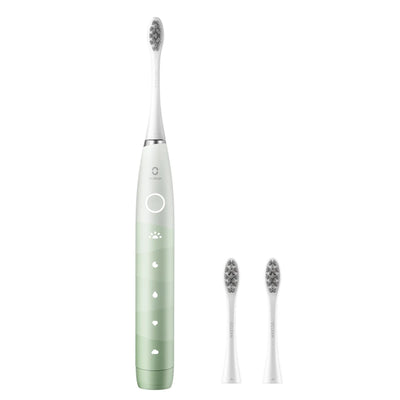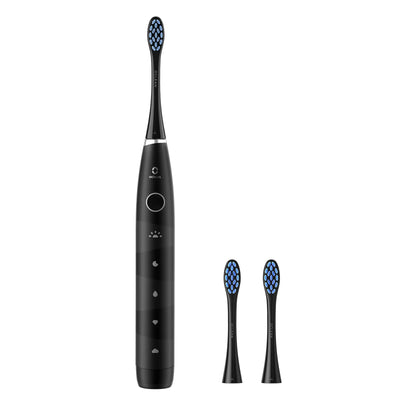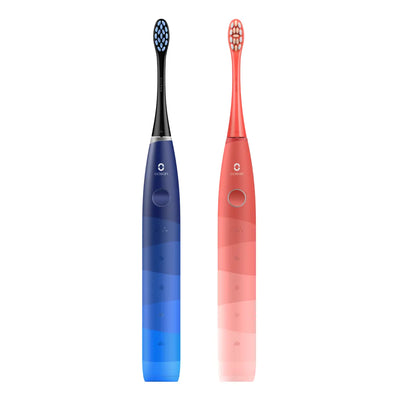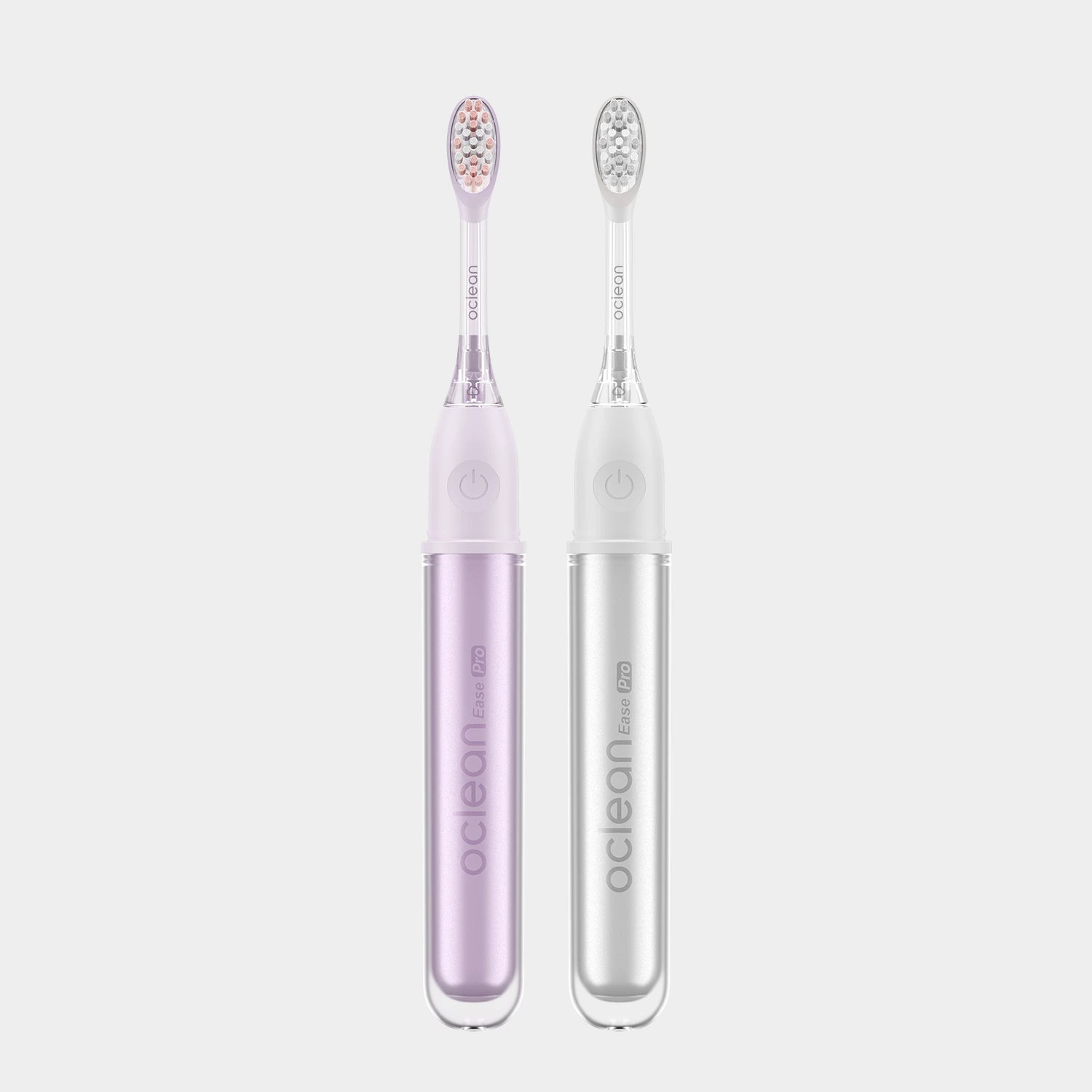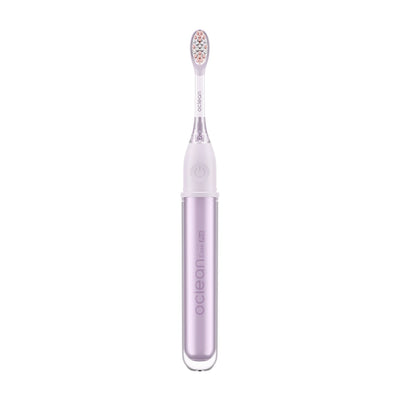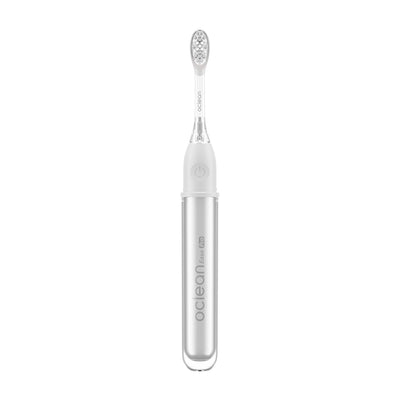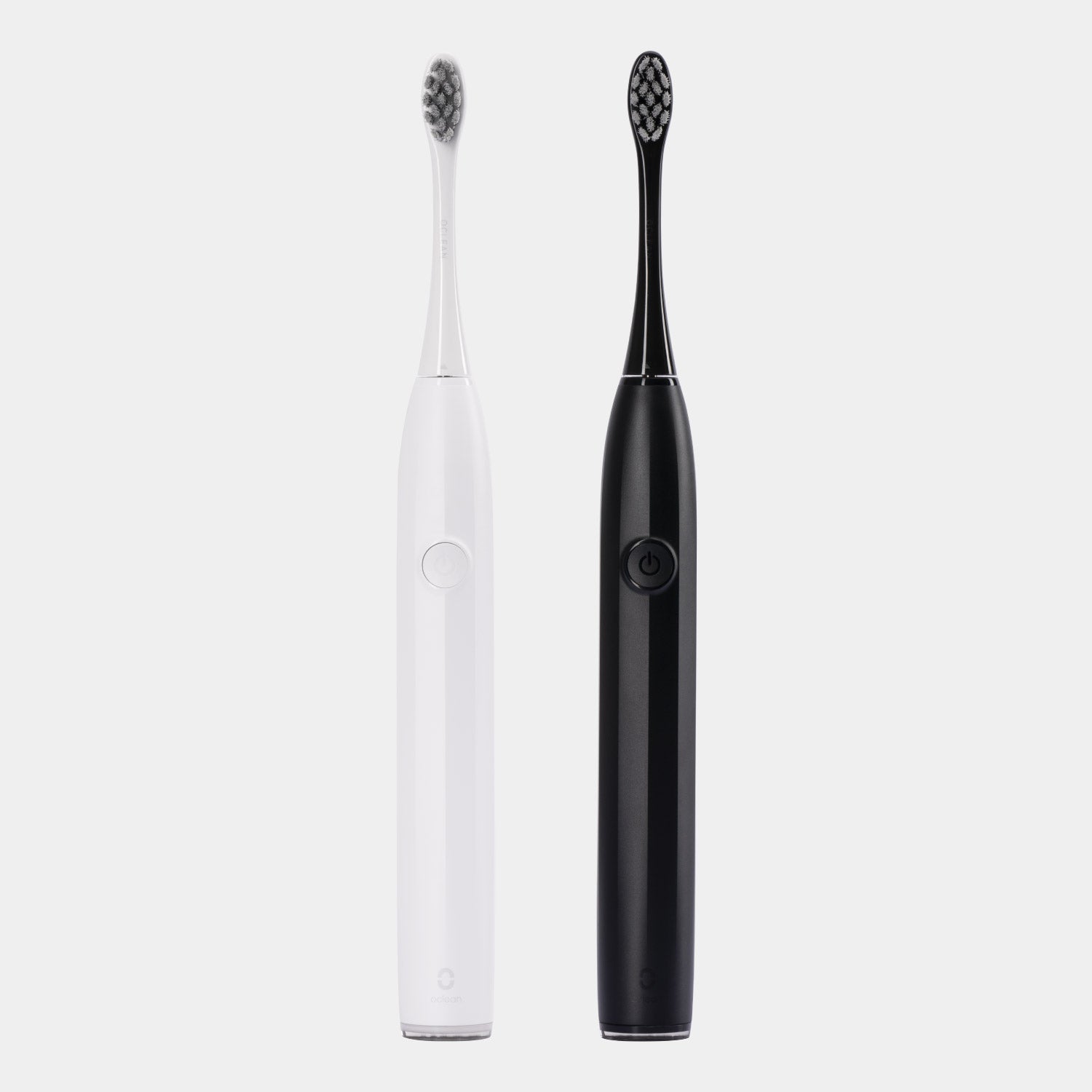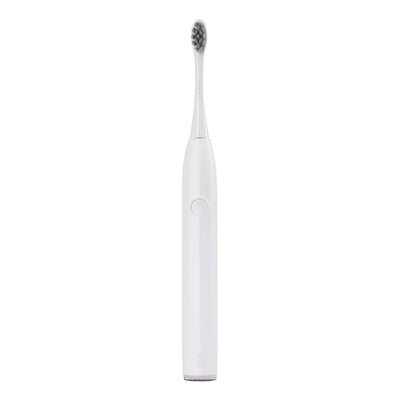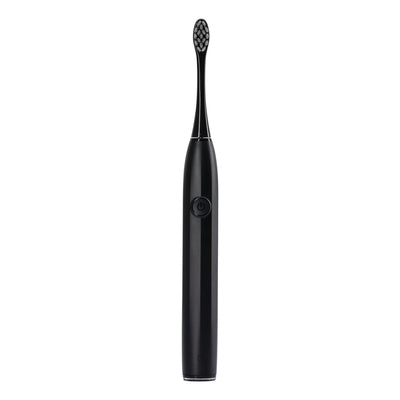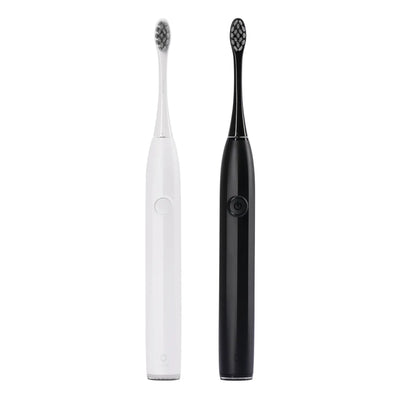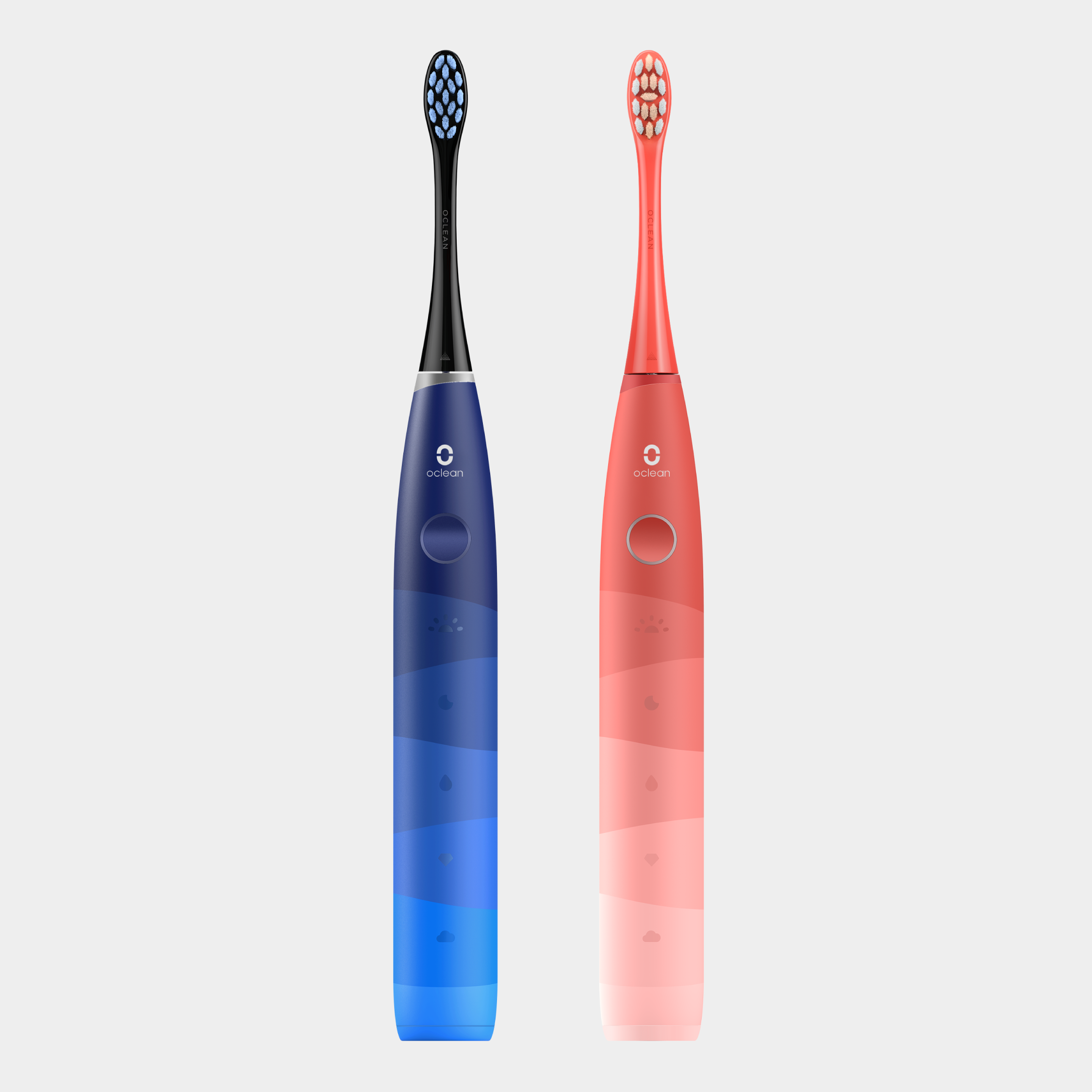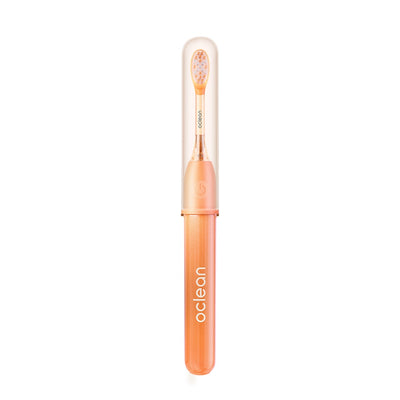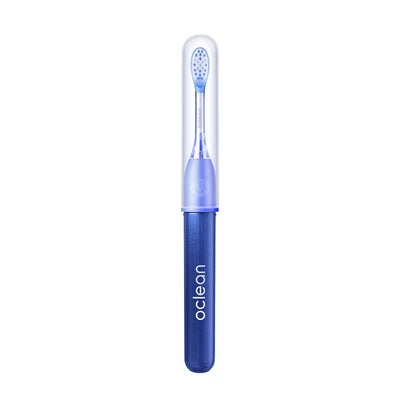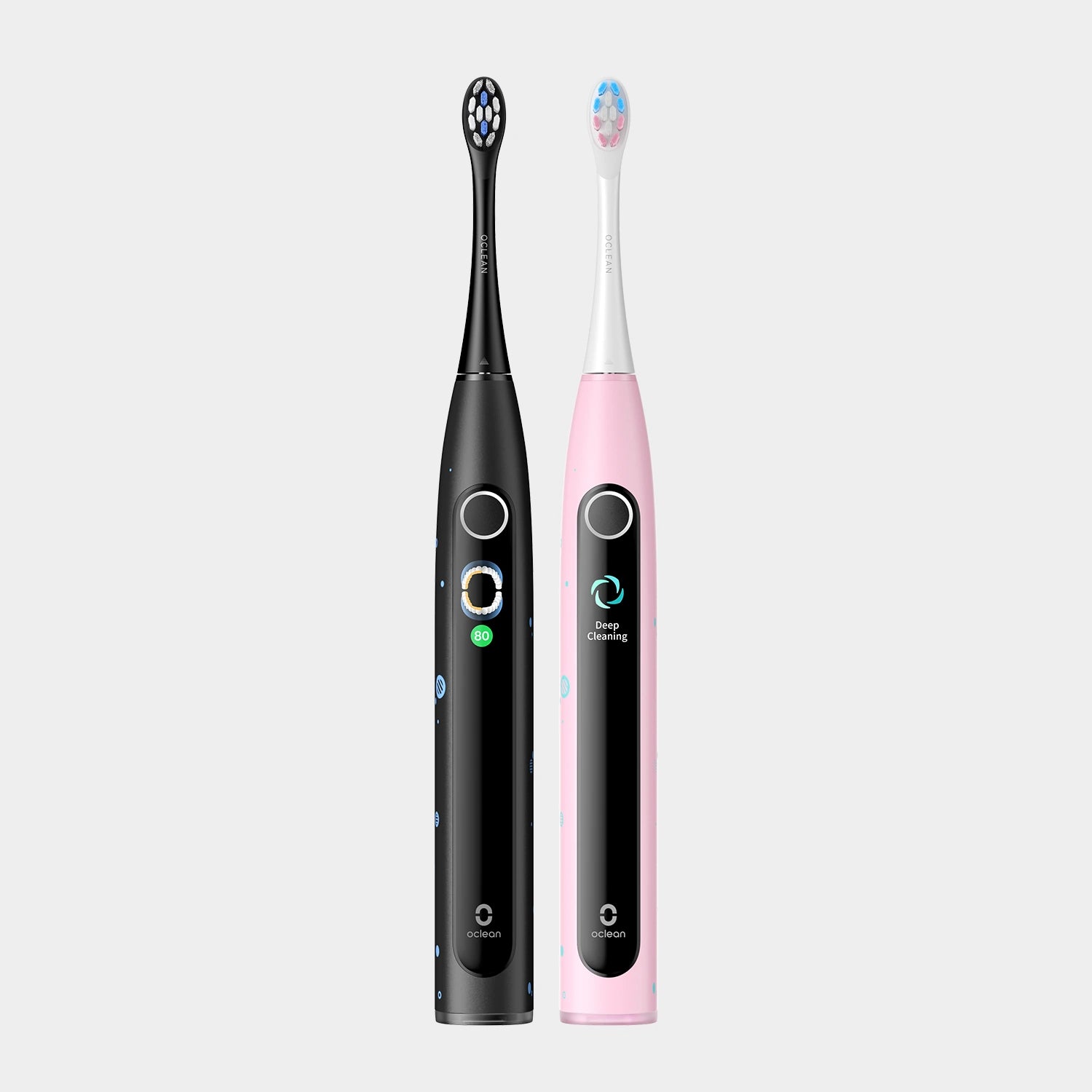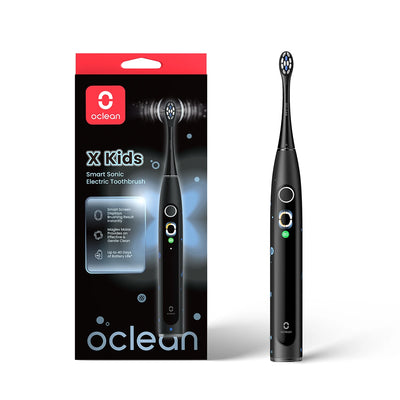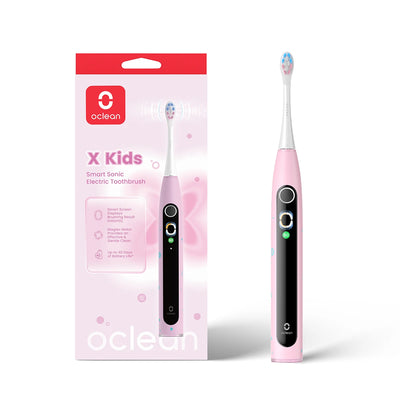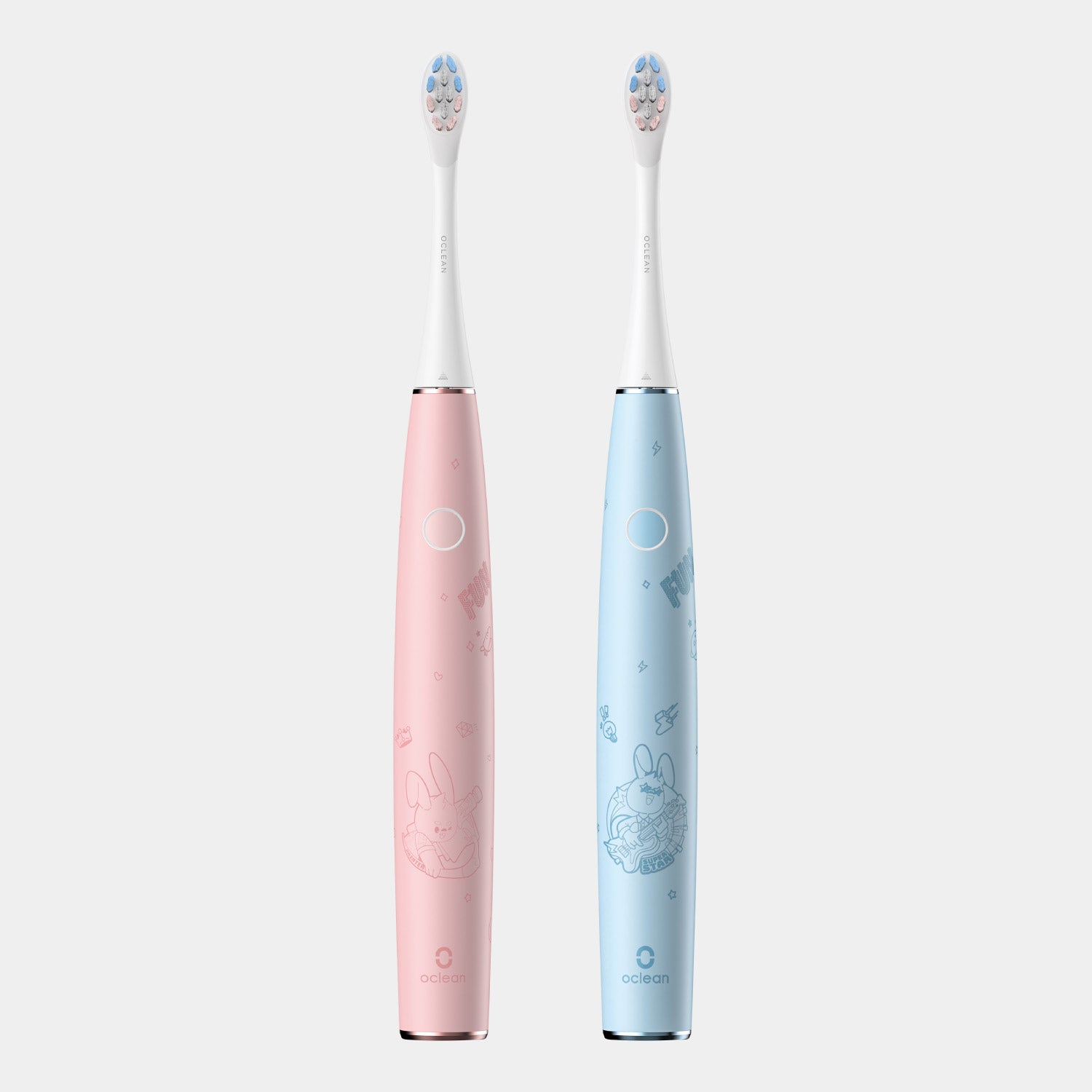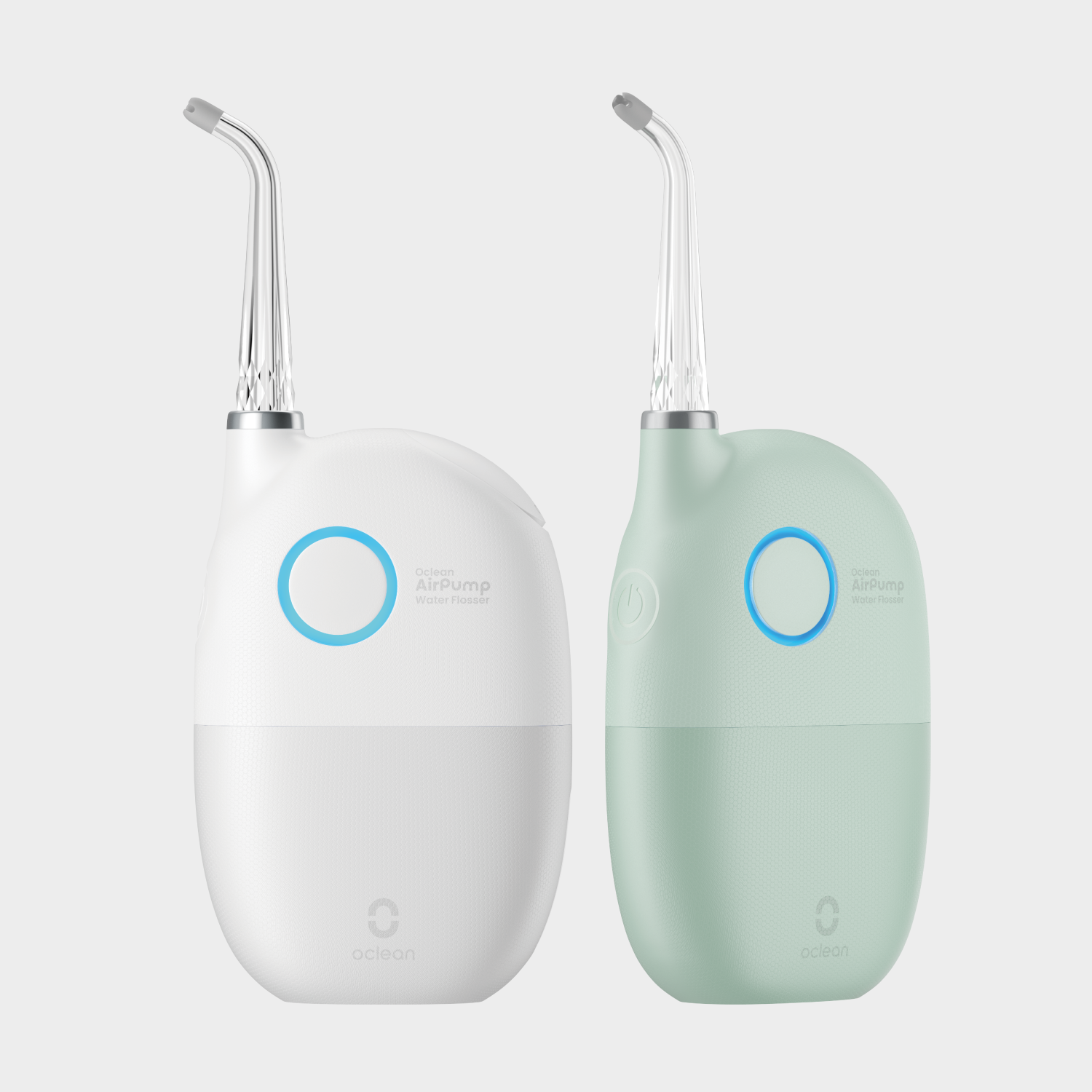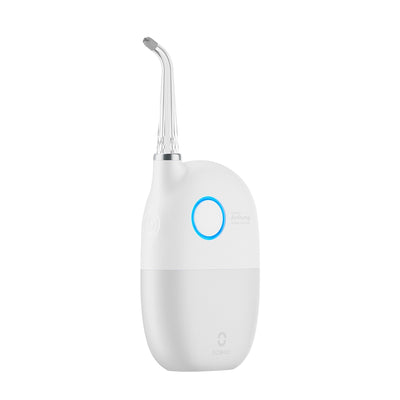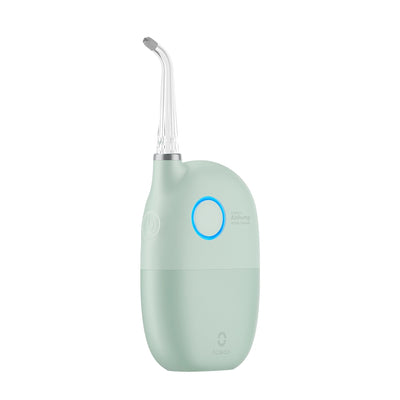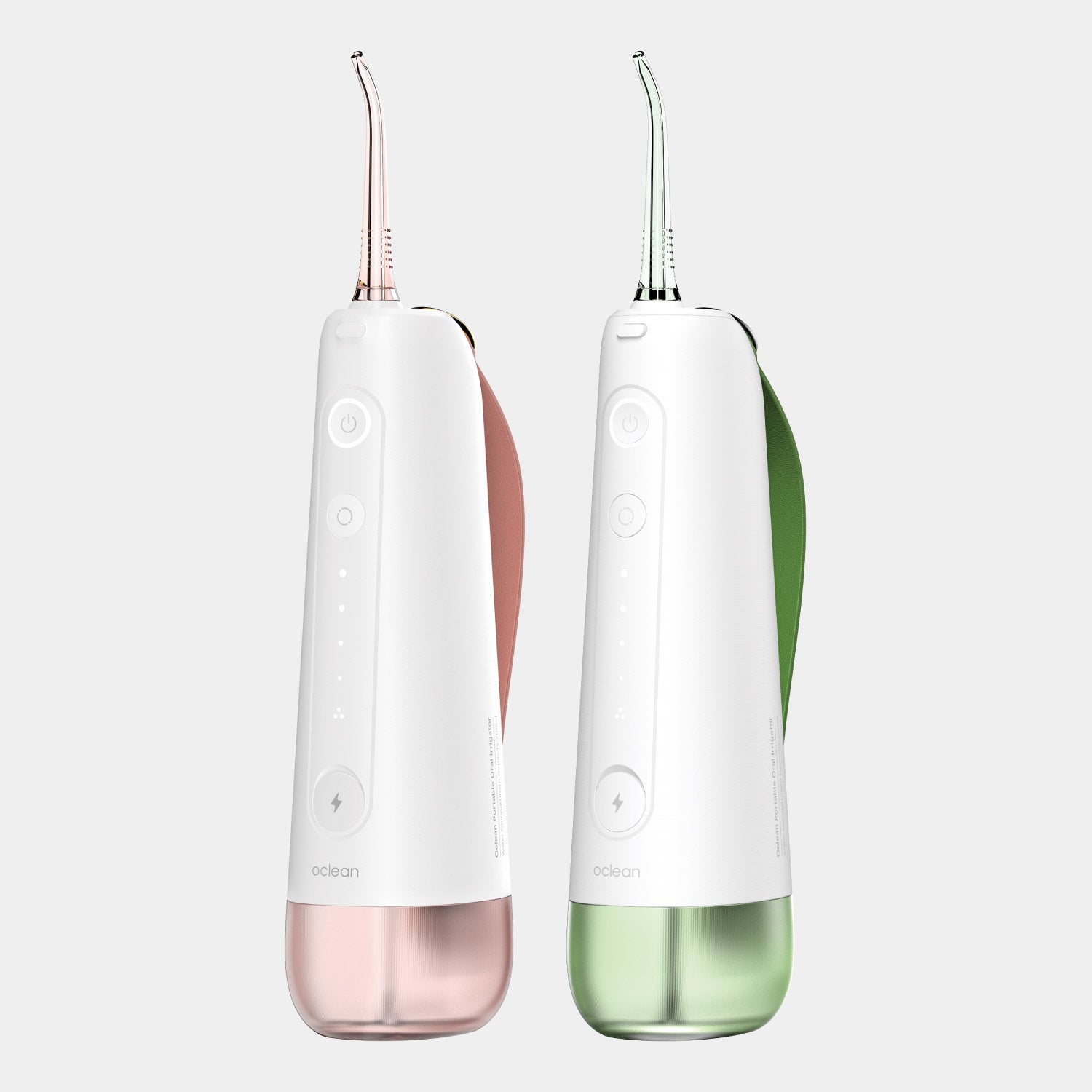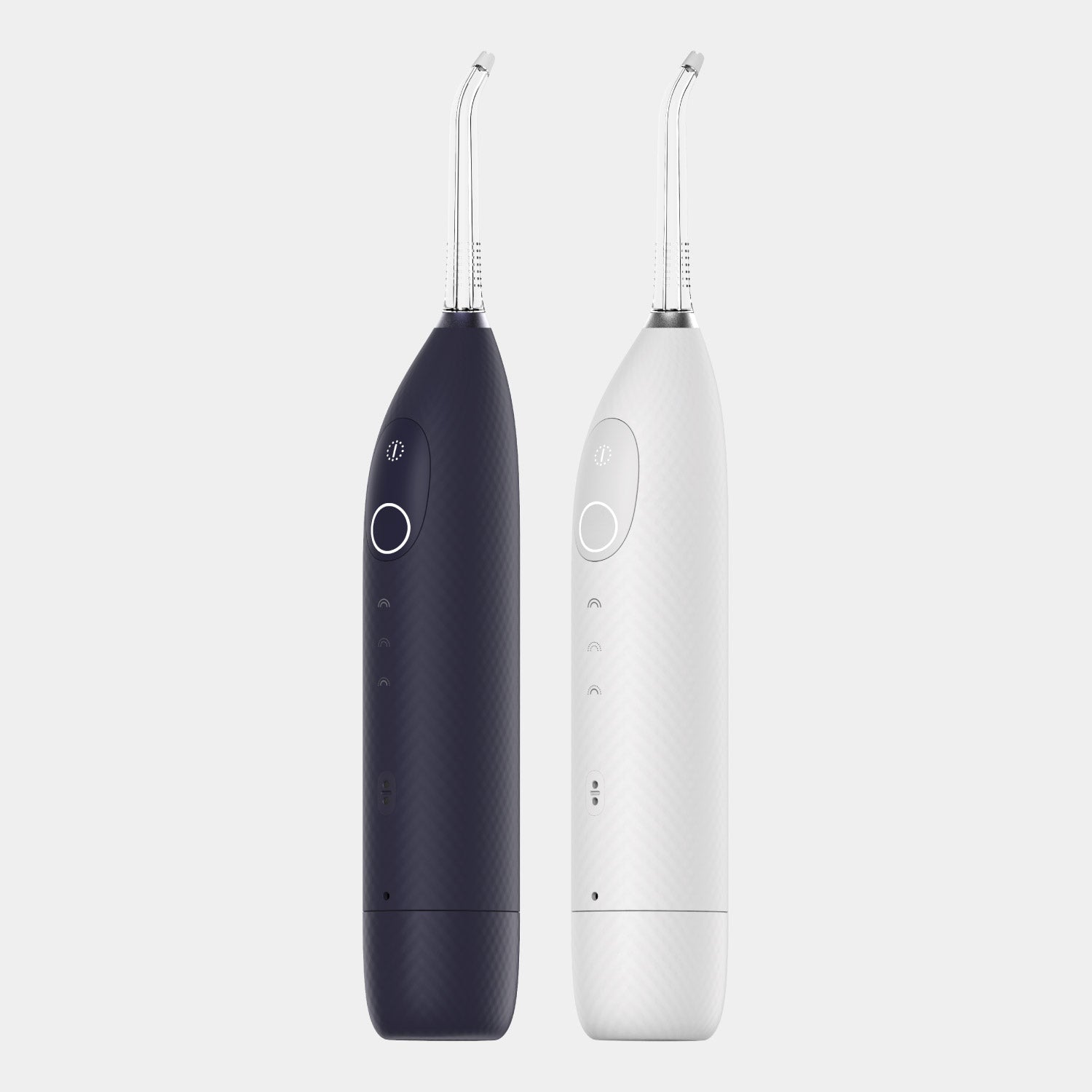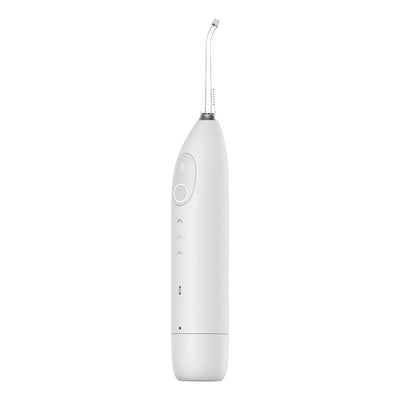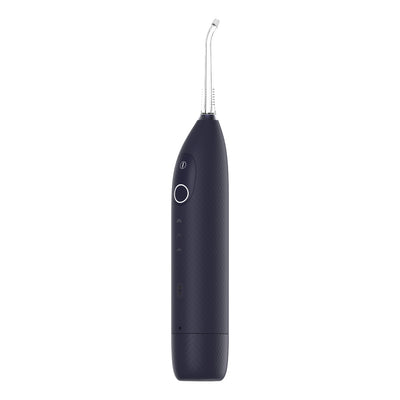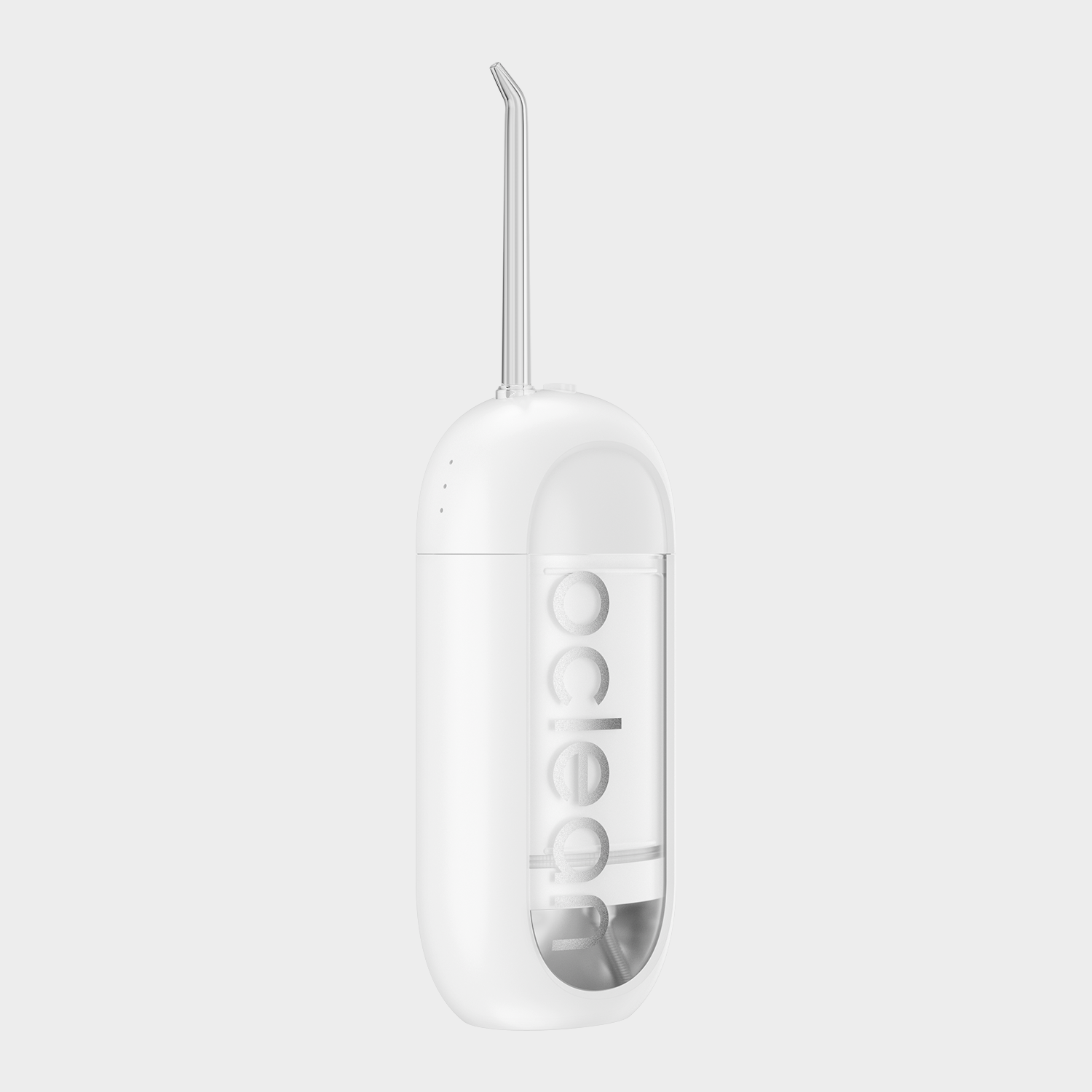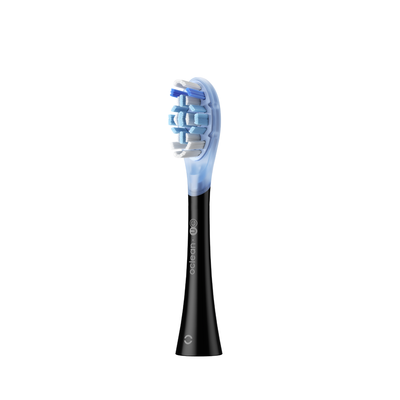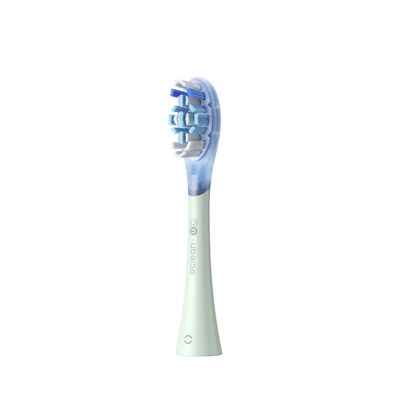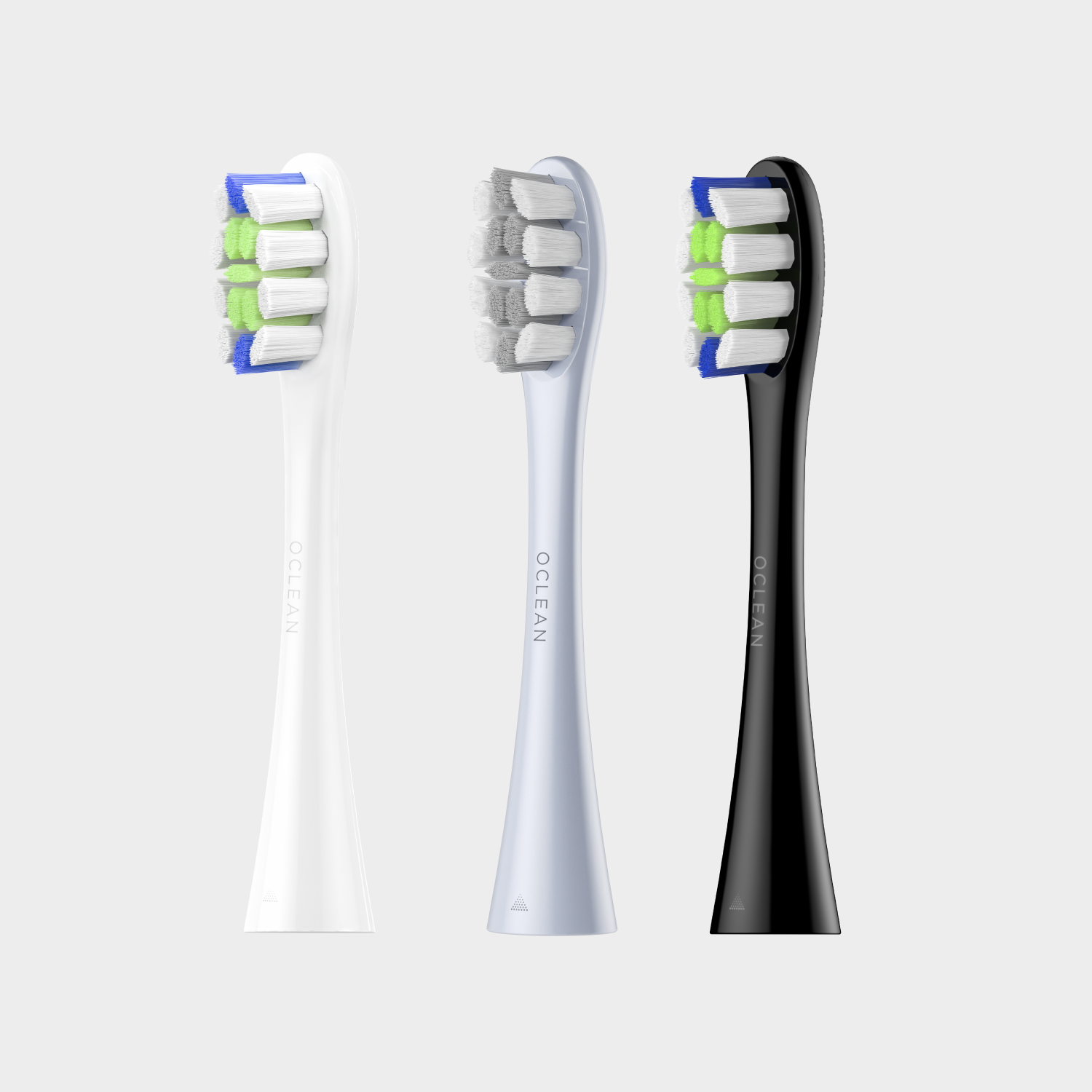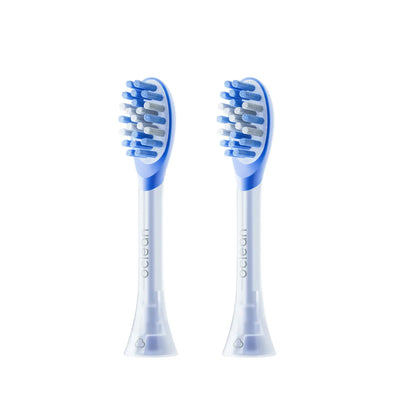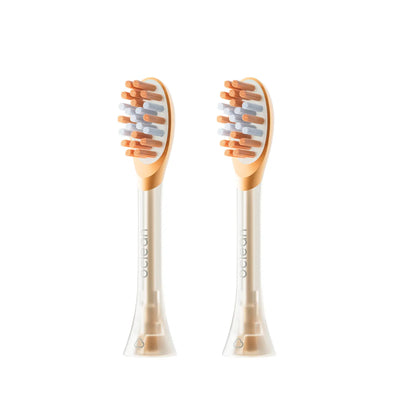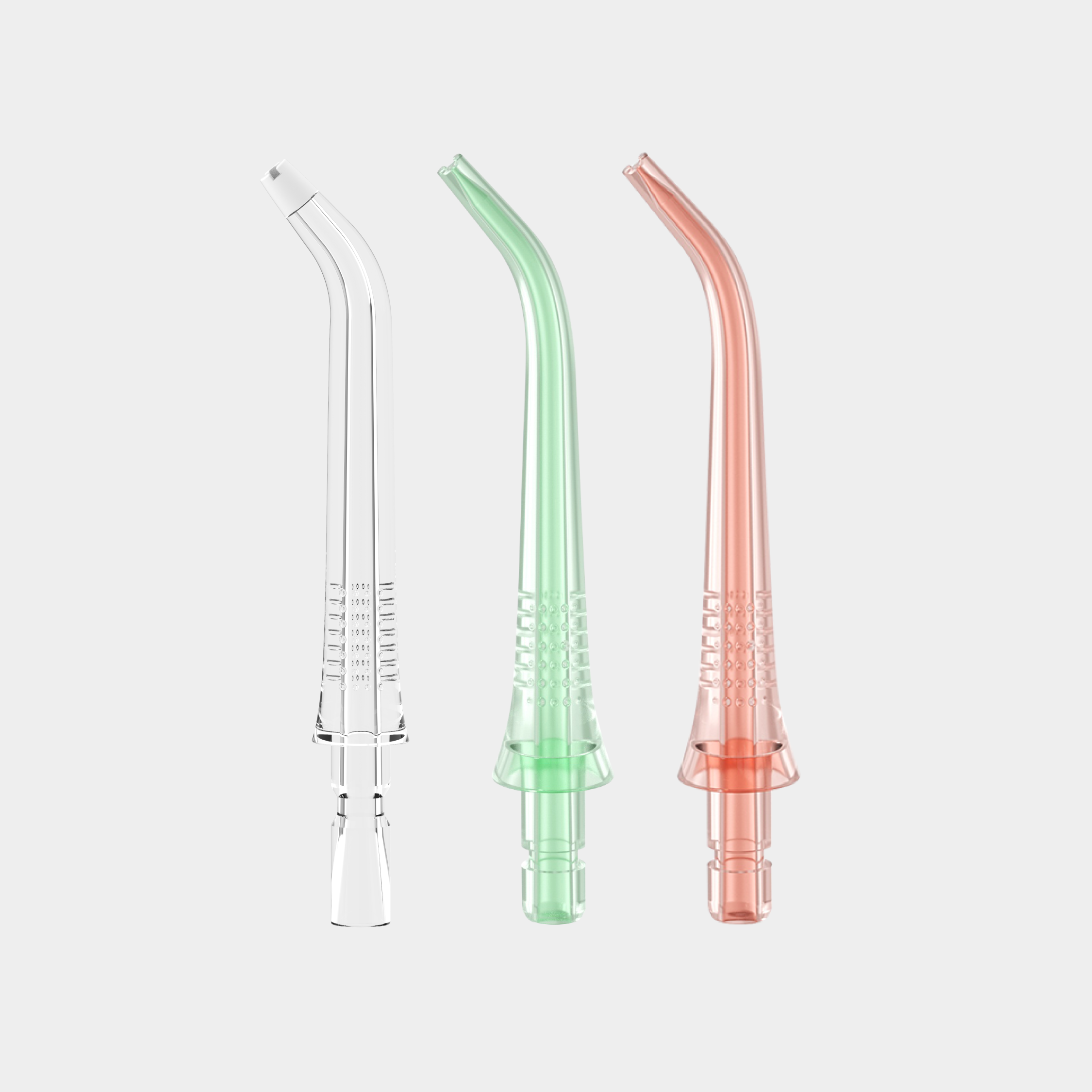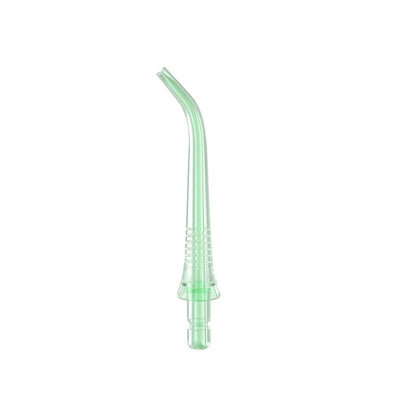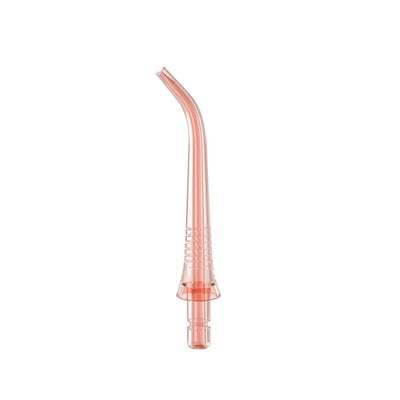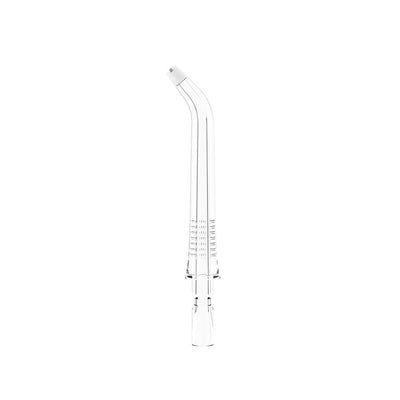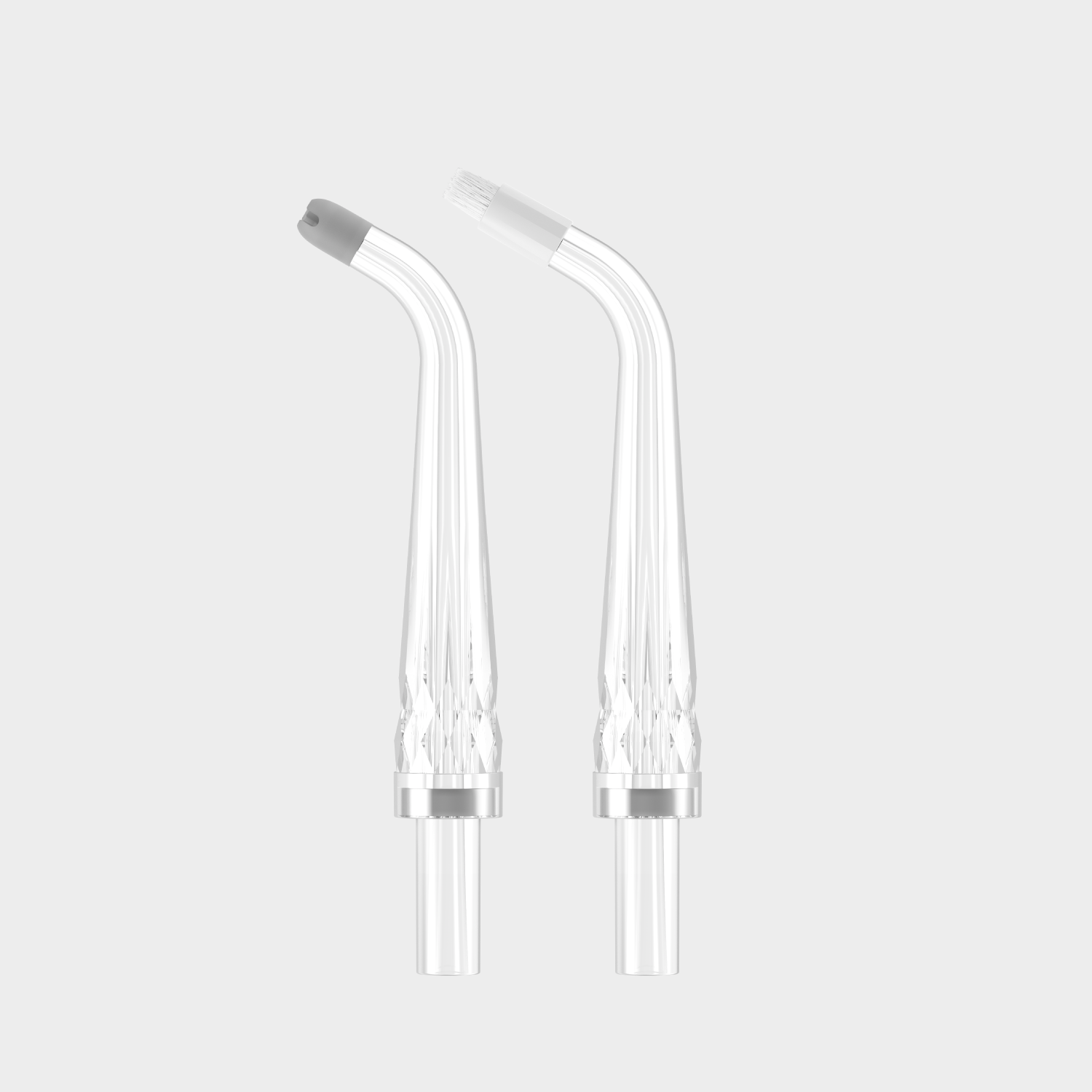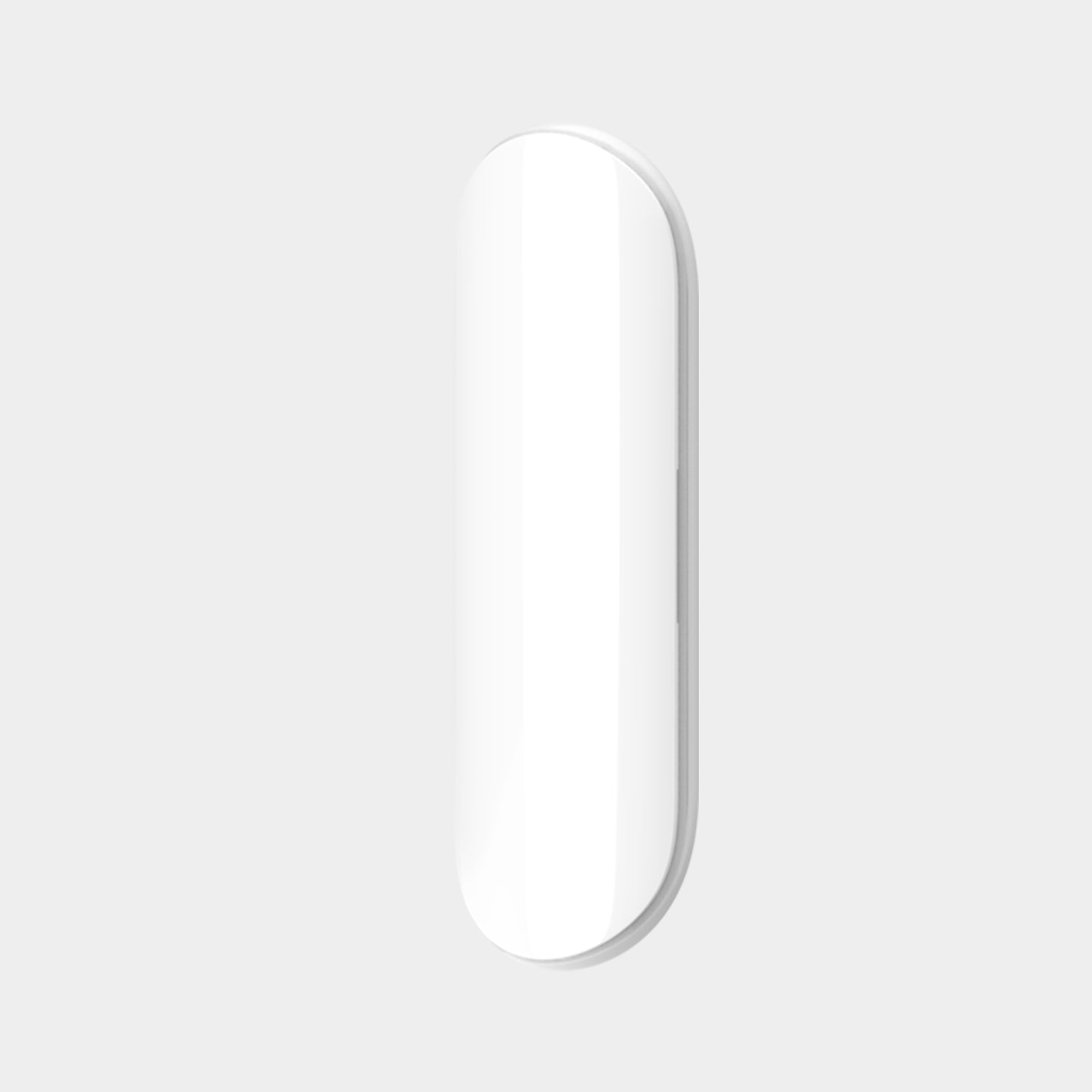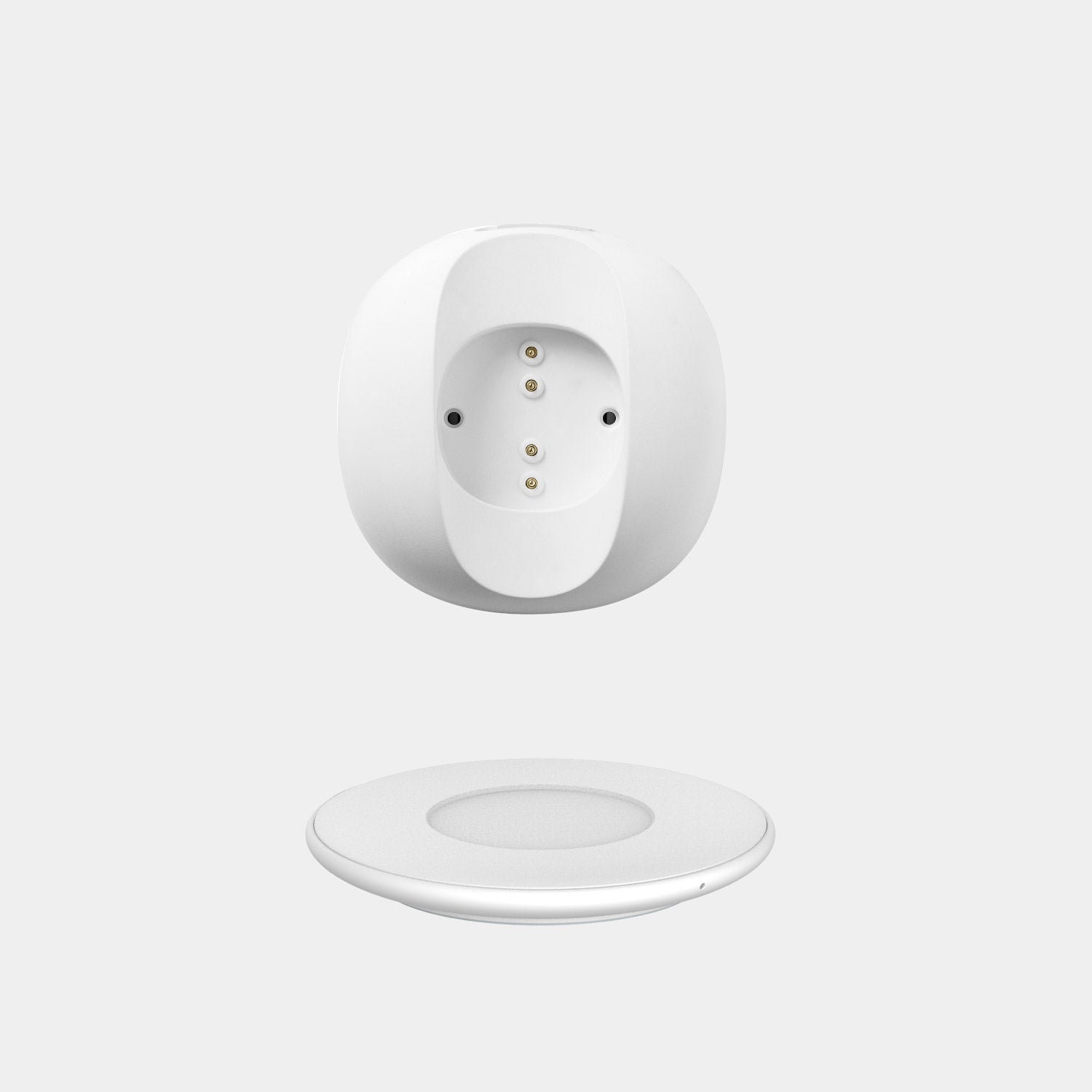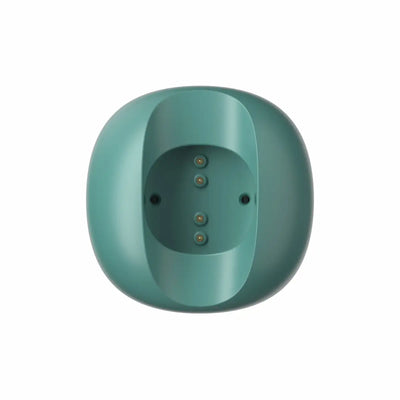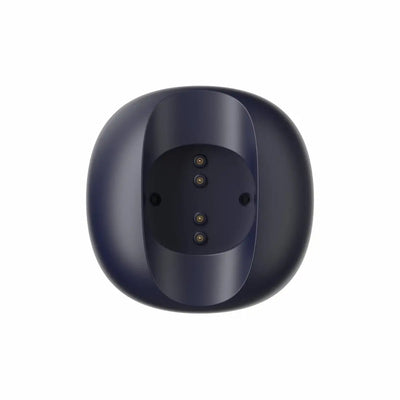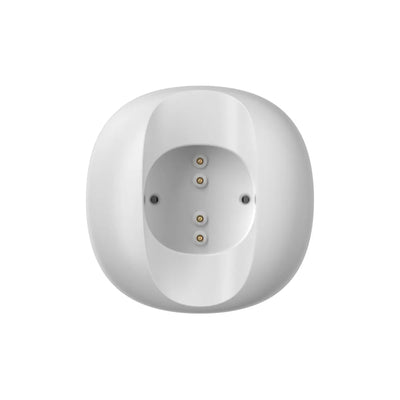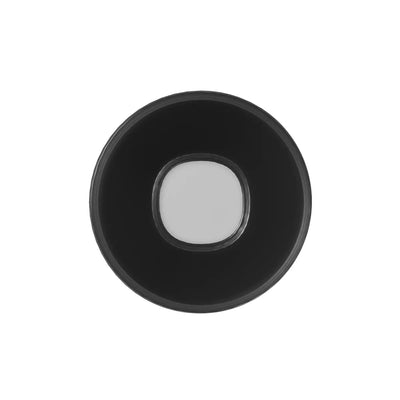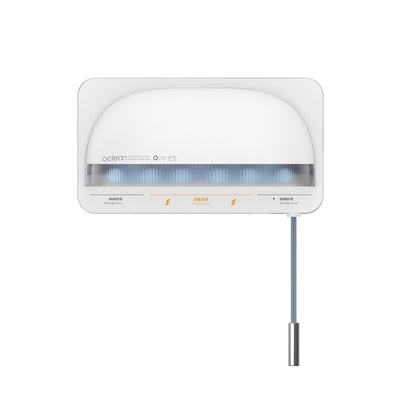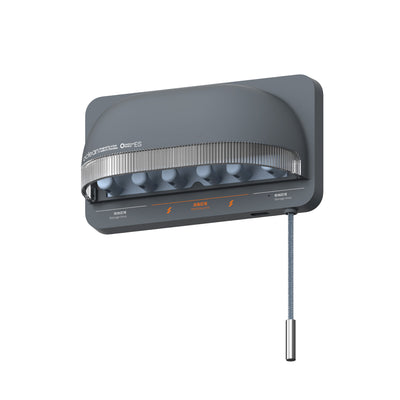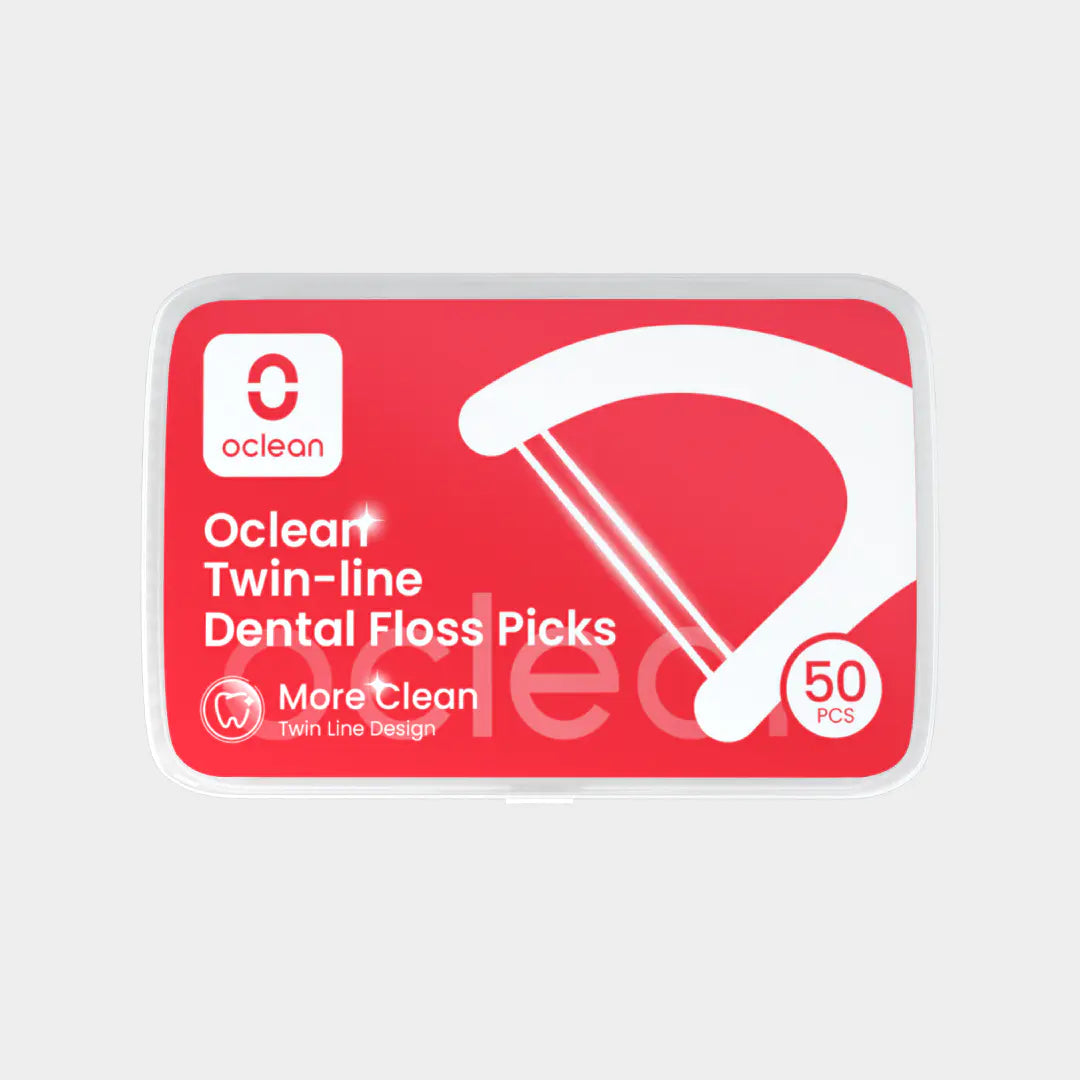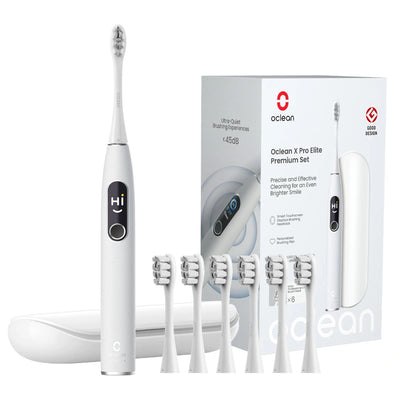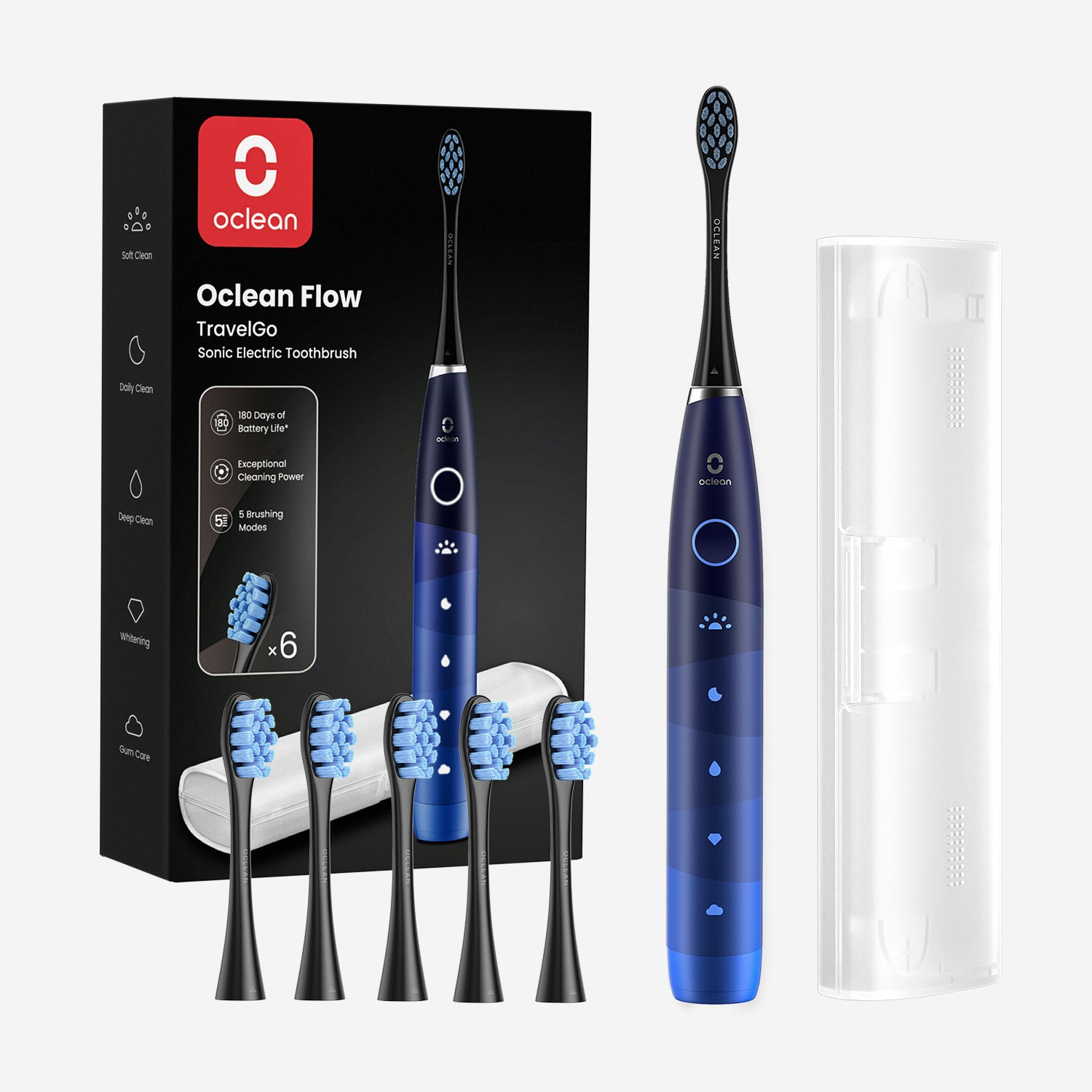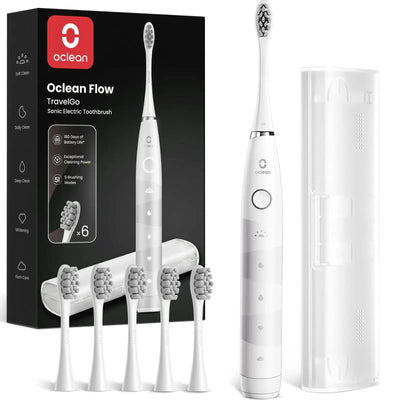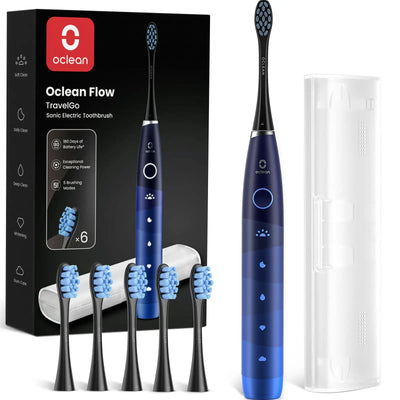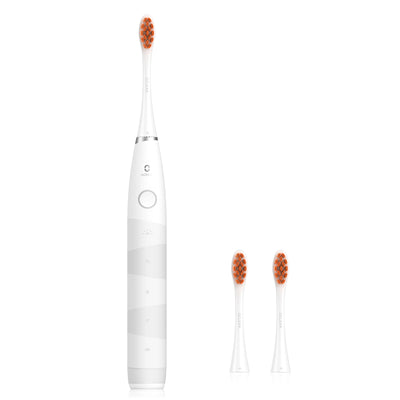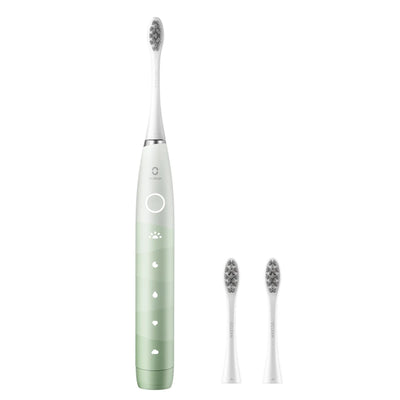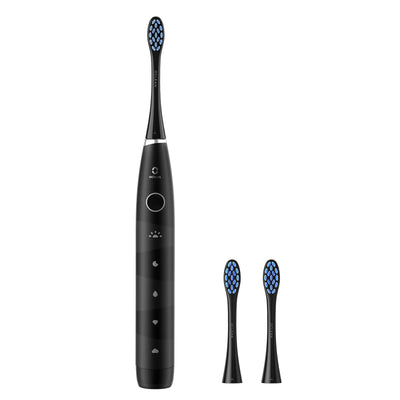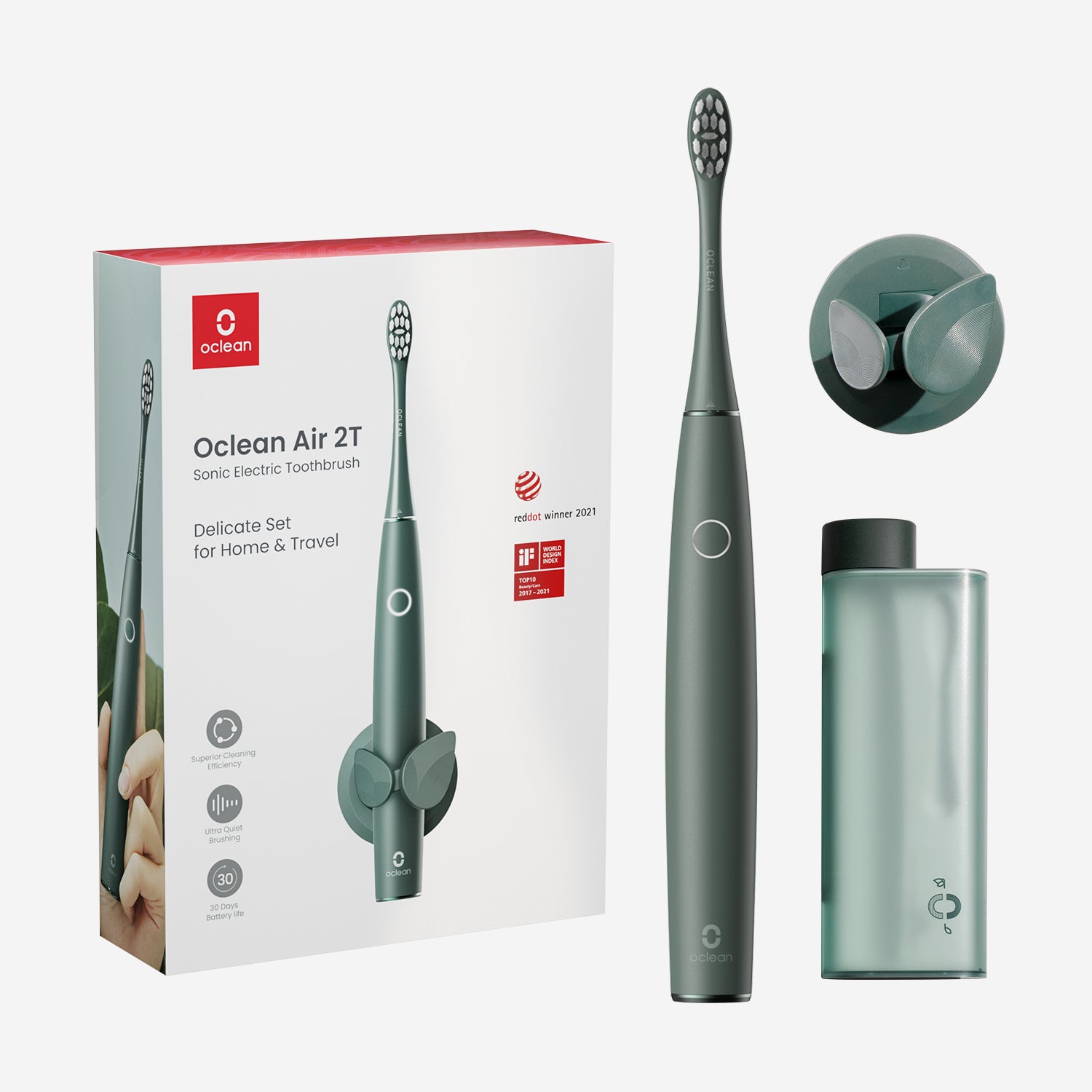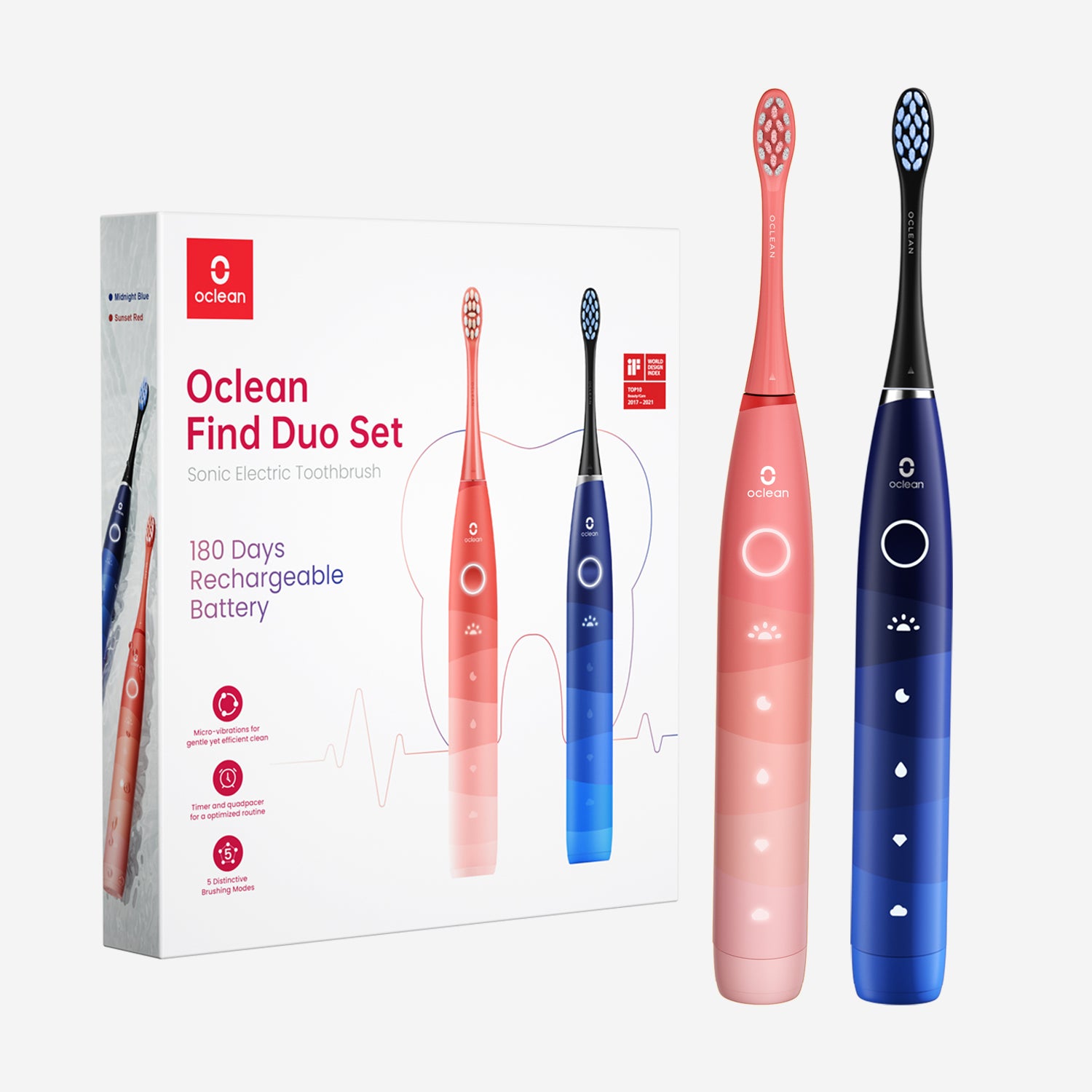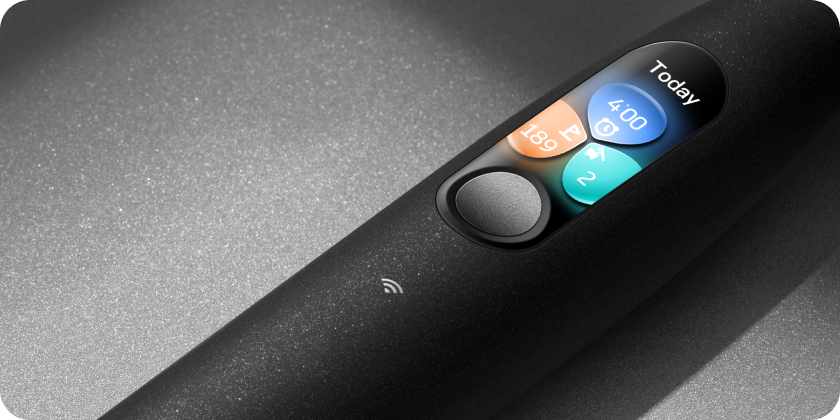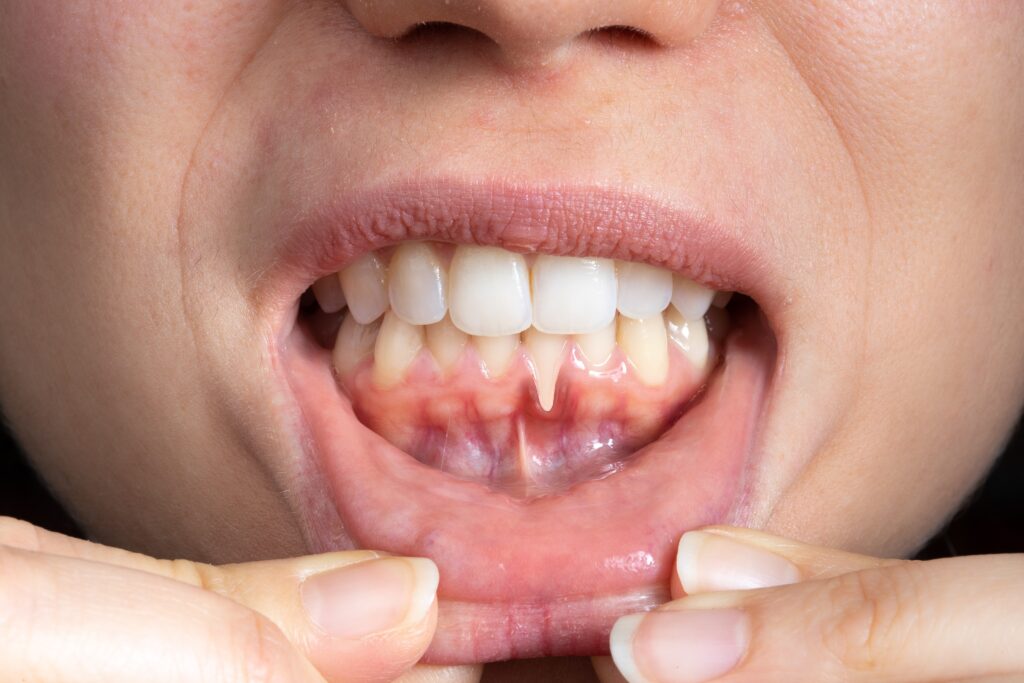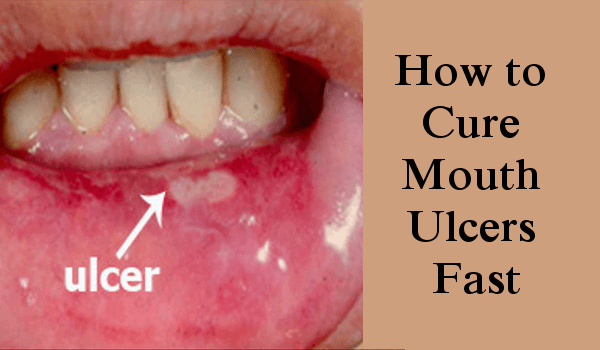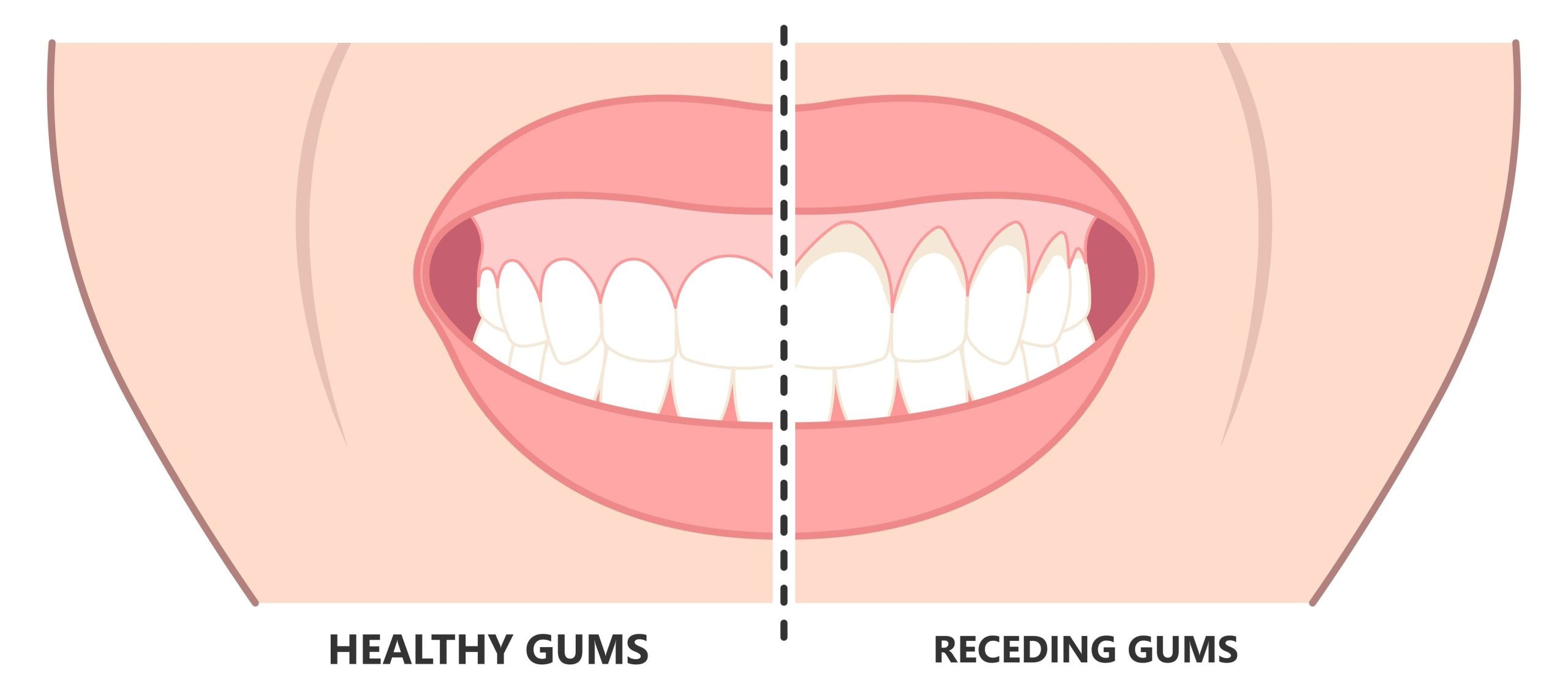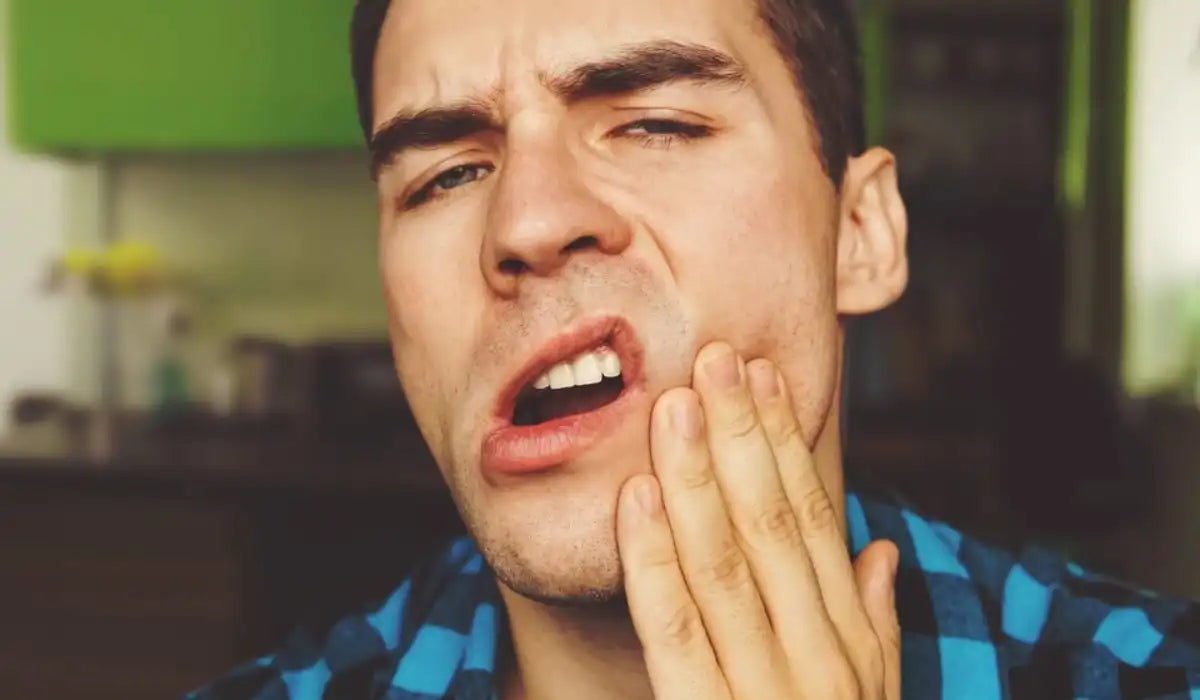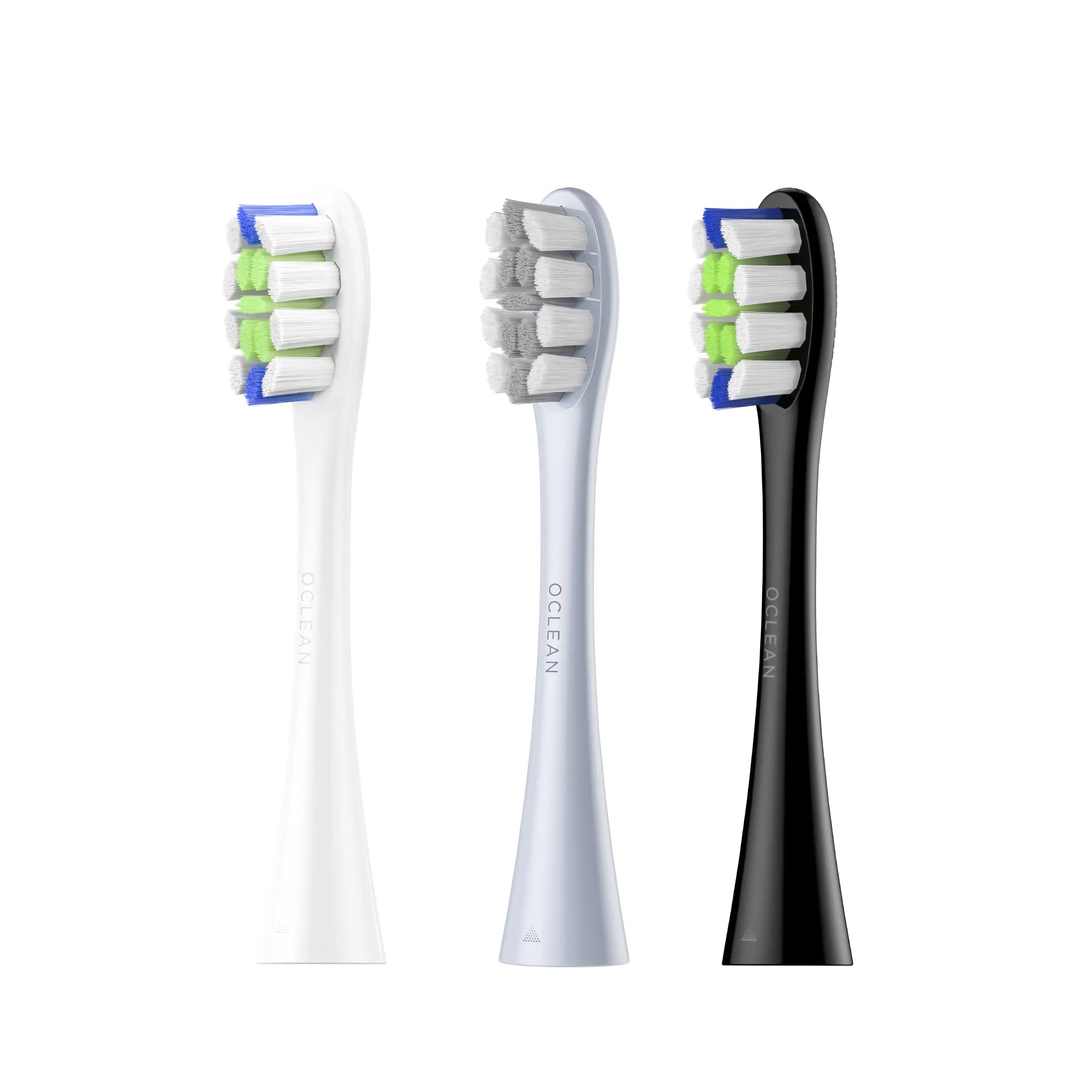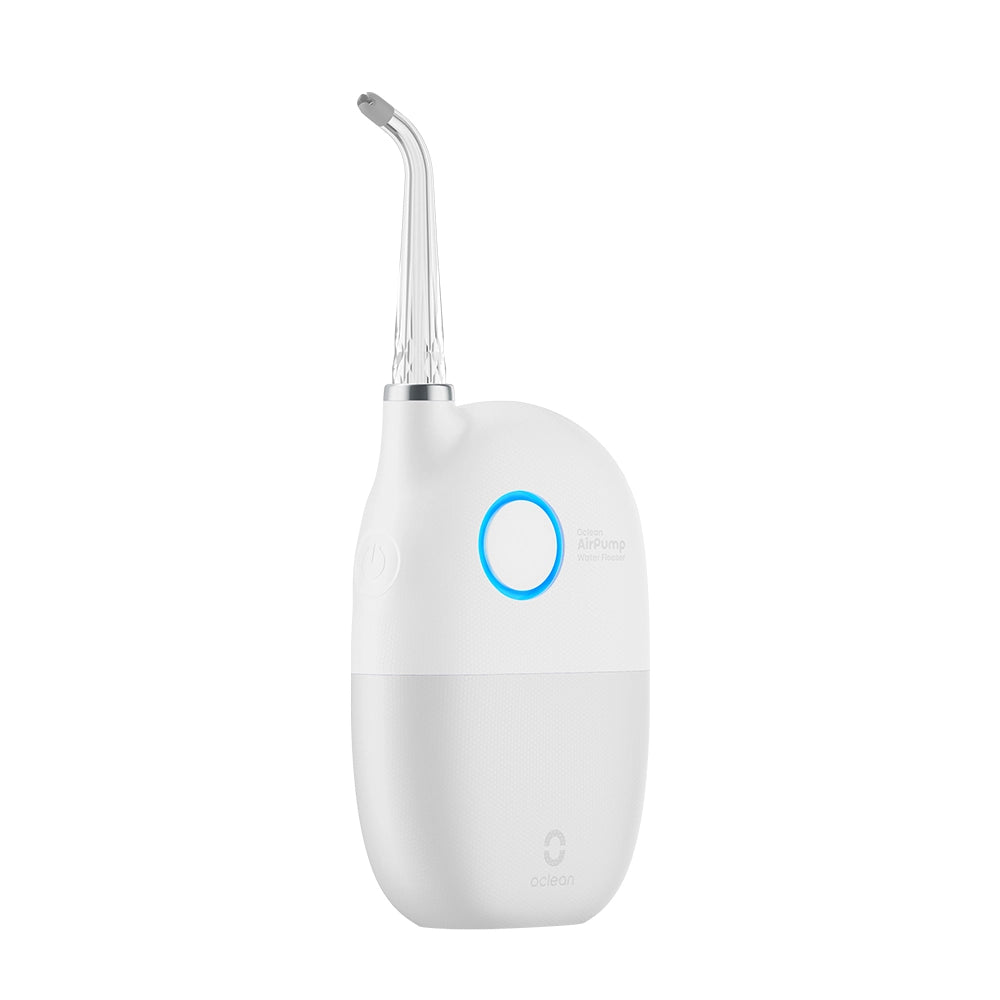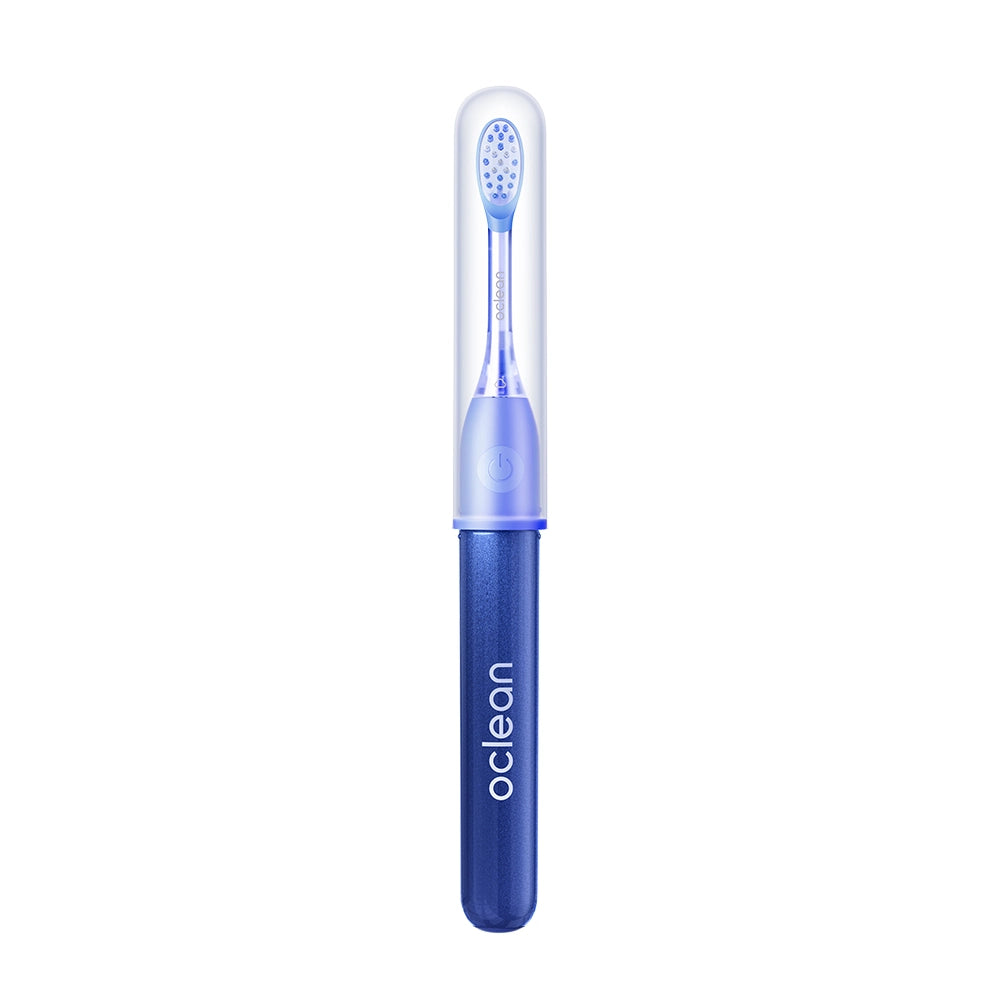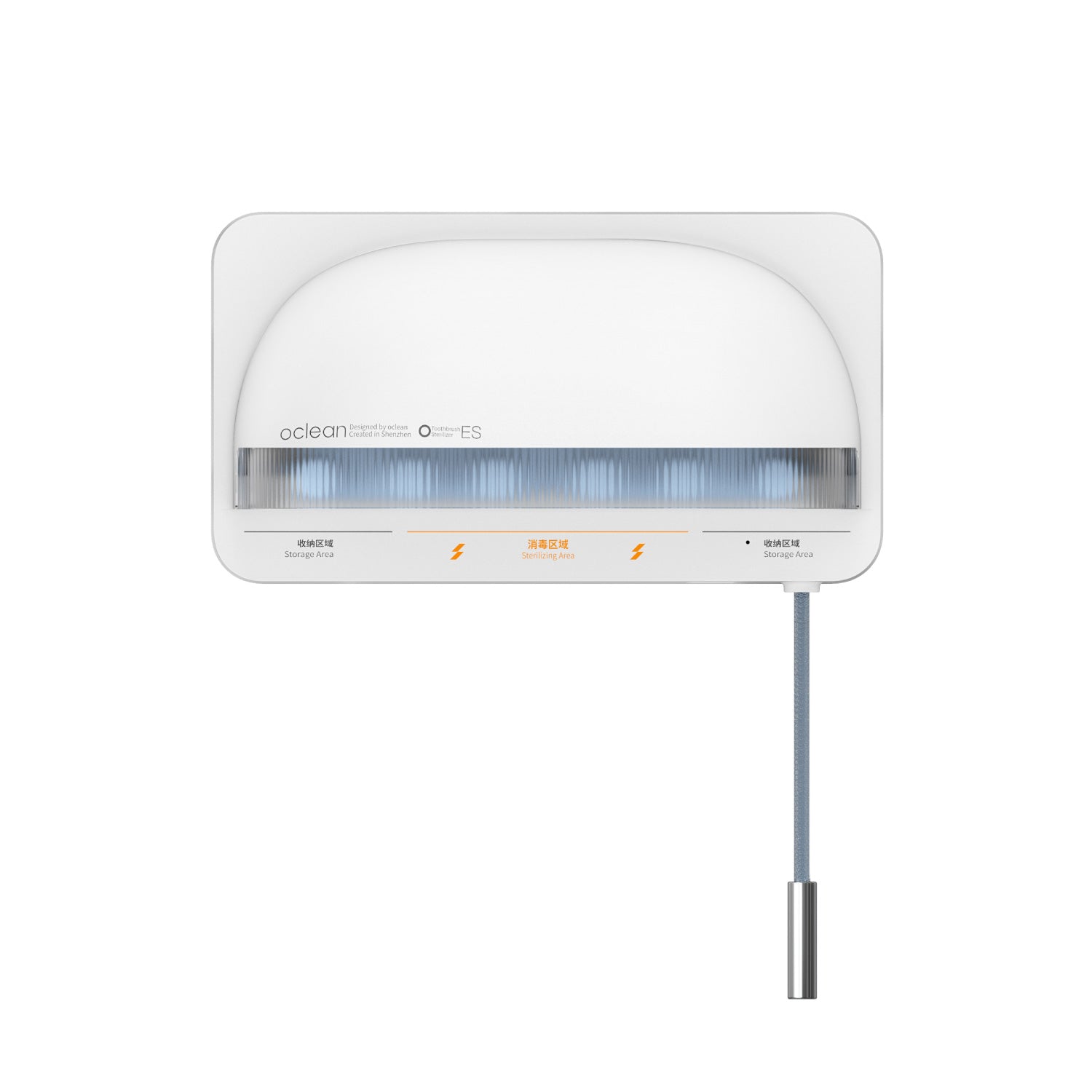Usar hilo dental es una de las mejores actividades de autocuidado bucal que puedes hacer, pero para algunos puede ser incómodo, doloroso o francamente aterrador. Si alguna vez te has preguntado: "¿Por qué me duelen las encías cuando uso hilo dental?". - no estás solo en absoluto.
A continuación, te explicaremos por qué te pueden doler las encías al utilizar el hilo dental, cómo saber si es normal o no y qué puedes hacer para solucionarlo. Puedes utilizar esta guía tanto si nunca te has pasado el hilo dental como si lo haces a diario pero te duele después.

¿Es normal que duelan las encías al usar hilo dental?
Empecemos por la respuesta corta: Depende.
Si acabas de empezar a utilizar el hilo dental o lo has hecho de forma irregular, es completamente normal que sientas algo de sensibilidad o sangrado. Las encías no están acostumbradas a la presión y el movimiento, por lo que tienden a inflamarse ligeramente. [1]
El hilo dental no es el problema: tus encías intentan decirte algo
Si le duelen las encías después de usar hilo dental, es fácil culpar al hilo. Sin embargo, la realidad es que el hilo dental no es el verdadero problema.
Lo más frecuente es que las molestias aparezcan inmediatamente después de usar el hilo dental, por lo que se tiene la impresión errónea de que el hilo dental las ha causado. Lo que ocurre en realidad es que tus encías están respondiendo a algo más profundo.
A menos que utilice el hilo dental con demasiada fuerza o con un método incorrecto (de lo que hablaremos más adelante), el hilo dental en sí no debería doler.
El hilo dental hace lo que mejor sabe hacer: llegar a las zonas estrechas que el cepillo no puede alcanzar. Cuando las encías ya están doloridas o enrojecidas, el uso del hilo dental puede agudizar la sensación. [2]
En ocasiones, no es nada, pero a veces es una señal de que sus encías requieren más atención.
9 razones por las que te duelen las encías cuando usas hilo dental
El hilo dental debe hacer que las encías y los dientes estén más sanos, no que duelan. [3] Sin embargo, si te duelen las encías mientras utilizas el hilo dental, es posible que algo vaya muy mal. Veamos las causas más probables y qué puedes hacer para corregirlo.
1. Es la primera vez que usa hilo dental
Si acaba de empezar a utilizar el hilo dental, es probable que sienta las encías sensibles o que le sangren ligeramente. Esto no es raro al principio. Las encías que no se acostumbran al hilo dental suelen volverse sensibles e inflamarse. Es bueno saber que esto desaparecerá después de siete a catorce días de uso diario del hilo dental.
A medida que las encías estén más sanas, se fortalecerán y ya no sangrarán tanto. Si al cabo de dos semanas el dolor persiste, debes consultar a tu dentista.
2. Puede que utilices el hilo dental de forma demasiado agresiva
Usar hilo dental no tiene por qué ser una lucha entre tus encías y tú. Algunas personas aprietan demasiado el hilo dental o lo mueven hacia delante y hacia atrás por debajo de las encías con brusquedad, lo que puede irritar el tejido blando de las encías o hacer que sangre, volviéndose sensible.
3. Es posible que utilice el hilo dental de forma incorrecta
Usar hilo dental parece fácil, pero puedes dañar tus encías si lo haces incorrectamente. Si usas el hilo dental con demasiada agresividad o con demasiada fuerza, puedes dañar el tejido blando que hay entre los dientes. Por el contrario, si usas el hilo dental con demasiada suavidad, puede que no desalojes completamente los alimentos y la placa. Si tiene problemas, utilice picos de hilo dental o un Irrigador Dental para mejorar el control.
4. Estás utilizando las herramientas equivocadas
A veces, el dolor no lo causa el hilo dental en sí, sino lo que estás utilizando. Puede resultar tentador utilizar una uña o un palillo para retirar los alimentos, pero pueden dañar las encías e introducir bacterias.
Hilo dental no todos son iguales. El hilo dental grueso, el hilo encerado o los picos de plástico desechables pueden no ser los más adecuados para ti. Experimenta con:
- Hilo dental suave o tejido para encías sensibles
- Si no puedes usar los dedos, usa hilo dental o picos de hilo dental.
- Sedas dentales de agua que le proporcionan una limpieza suave pero profunda (especialmente indicados para ortodoncias o implantes)
- Cepillos interdentales para espacios interdentales anchos
Dado que la especialidad de Oclean es la tecnología para el cuidado bucal, la combinación de su Cepillo de dientes eléctrico sónico con un Irrigador Dental Dental puede utilizarse como una alternativa suave al hilo dental, especialmente tras la recuperación de las encías. [4]
5. Puede tener caries
Un dolor agudo o persistente al utilizar el hilo dental entre determinados dientes puede deberse a una caries. Las caries tienden a desarrollarse entre los dientes, especialmente donde se ha acumulado placa. El uso del hilo dental será doloroso allí debido a que la estructura del diente ya está debilitada o infectada.
Concierte una cita con su dentista si sospecha que éste es el problema. Tu dentista puede diagnosticar la caries y ofrecerte tratamientos para evitar que empeore.
6. La enfermedad de las encías podría ser la causa
Las encías doloridas, inflamadas o sangrantes son síntomas frecuentes de enfermedad de las encías. Aunque en esta fase inicial (gingivitis) la afección no es dolorosa, puede causar inflamación o acabar dañando el hueso que sostiene los dientes. Si te sangran las encías después de usar el hilo dental y las molestias persisten, debes visitar a tu dentista.
7. Tiene sarro acumulado
La placa que permanece demasiado tiempo en los dientes se convierte en sarro endurecido, que se acumula a lo largo de la línea de las encías. Esto irrita las encías y hace que duelan cuando te pasas el hilo dental. Lamentablemente, el hilo dental y el cepillado no pueden eliminar el sarro, por lo que necesitarás una limpieza profesional. Si sospechas que has desarrollado sarro, reserva una limpieza profesional.
8. Sus dientes pueden ser sensibles
La sensibilidad de los dientes hace que el cepillado y el uso del hilo dental resulten dolorosos. Esto ocurre cuando el esmalte se desgasta y queda expuesta la capa subyacente más blanda, la dentina. La dentina está formada por pequeños túbulos que permiten que las sustancias calientes, frías o ácidas desciendan hasta los nervios del interior del diente.
Si tienes los dientes sensibles, incluso el uso más suave del hilo dental te resultará doloroso. Un dentífrico desensibilizante o algún otro cuidado dental pueden bloquear el dolor.
9. Su cepillo de dientes puede ser el problema
Si has estado utilizando un cepillo de dientes con cerdas duras, podría estar irritando tus encías aunque no lo notes. Esto puede provocar sensibilidad y, con el tiempo, hacer que el uso del hilo dental resulte doloroso. Un cepillo de cerdas suaves suele ser más suave e igual de eficaz para mantener los dientes limpios.

Prueba un cepillo más suave para reducir el dolor del hilo dental. El Oclean X Pro Cepillo de dientes eléctrico sónico puede realmente marcar la diferencia en la forma en que se siente toda tu boca - incluyendo tus encías. No sólo es potente, sino también inteligente. La pantalla te informa en tiempo real sobre el cepillado, para que sepas lo que te estás perdiendo.
Cómo utilizar el hilo dental sin dañar las encías
Usar hilo dental es una de las formas más fáciles de mantener la boca sana, pero sólo si lo haces bien. [5] Esta es la forma correcta de usar el hilo dental, sin lastimar tus encías:
- Saca unos 45 cm de hilo dental, aproximadamente la longitud de tu antebrazo.
- Envuelve la mayor parte alrededor de un dedo corazón, y un poco en el otro.
- Pellizcar una pequeña porción entre los dedos índice y pulgar, con 1-2 pulgadas en el centro.
- Desliza el hilo entre los dientes con suavidad. No lo rompas ni lo fuerces.
- Dóblalo alrededor del diente en forma de "C" y muévelo hacia arriba y hacia abajo para barrer los lados.
- Pasa un poco por debajo de la línea de las encías, pero con mucho cuidado, sin hurgar ni pinchar.
- Utiliza una nueva sección de hilo dental para cada diente para evitar la propagación de bacterias.
¿Cuándo debe preocuparse por el dolor de encías al usar hilo dental?
He aquí una rápida lista de comprobación para saber cuándo ha llegado el momento de visitar al dentista:
- Las encías sangran constantemente, incluso después de una o dos semanas de uso regular del hilo dental.
- El dolor es agudo, constante o específico de un diente
- Observa signos de recesión, inflamación o pus en las encías.
- Tiene los dientes flojos o excesiva sensibilidad
- No notas ninguna diferencia después de cambiar a un método más suave
La salud de las encías no debe pasarse por alto. Si no se controlan, los problemas de encías pueden dañar silenciosamente los dientes y la mandíbula a largo plazo.
Lo esencial
Si te has estado preguntando: "¿Por qué me duelen las encías cuando uso hilo dental?", ya estás en el buen camino, porque la concienciación es el primer paso hacia una mejor salud bucodental. Usar hilo dental no debería doler. Con la técnica correcta y un poco de cuidado, puedes tener unas encías sanas y sin dolor. Sé suave, constante y combina el hilo dental con un cepillo inteligente.
Referencia
"Dolor de encías: causas y tratamiento". Www.medicalnewstoday.com, 4 de febrero de 2019, www.medicalnewstoday.com/articles/324356.
Sambunjak, Dario, et al. "Uso del hilo dental para el tratamiento de las enfermedades periodontales y la caries dental en adultos". Base de datos Cochrane de revisiones sistemáticas, 7 dic. 2011, https://doi.org/10.1002/14651858.cd008829.pub2.
Cepeda, M. Soledad, et al. "Association of Flossing/Inter-Dental Cleaning and Periodontitis in Adults". Journal of Clinical Periodontology, vol. 44, nº 9, 7 ago. 2017, pp. 866-871, www.ncbi.nlm.nih.gov/pmc/articles/PMC5601277/, https://doi.org/10.1111/jcpe.12765.
Xu, Xin, et al. Effects of Water Flossing on Gingival Inflammation and Supragingival Plaque Microbiota: Un Ensayo Controlado Aleatorio de 12 Semanas. 25 de mayo de 2023, www.ncbi.nlm.nih.gov/pmc/articles/PMC10212231/, https://doi.org/10.1007/s00784-023-05081-4. Consultado el 14 de junio de 2023.
Higuera, Valencia. "¿Cuál es la mejor forma de usar el hilo dental?". Healthline, Healthline Media, 8 ene. 2020, www.healthline.com/health/how-to-floss.
Índice
